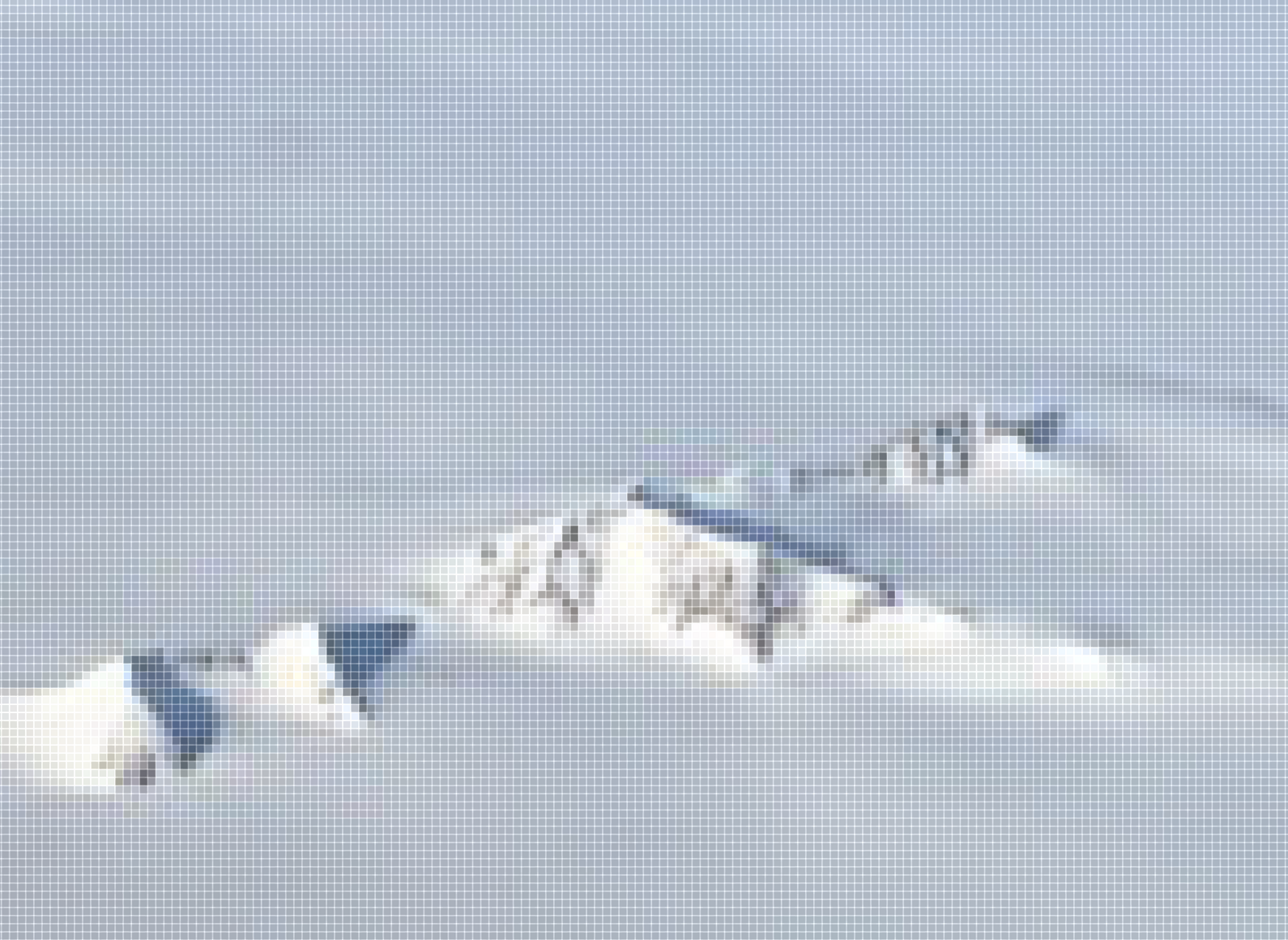I
Glasgow Queen Street Station, on the train to Ardrossan. Steel structure, hefty rivets, blue industrial paint. Dull skies beyond the roof. Then Cold War stucco grey facades. Tiny-windowed village homes. Dalry, Kilwinning, Stevenston stations. Beige, dark greens, gold grass in the fields. Trees without leaves, naked shrubs cast against the sky. Saltcoats, and then Ardrossan. The Atlantic appears. Nicotine yellow wave foam. The Lauriston Pub. An abandoned mini putt with faded green paint. A playground swayed by Atlantic gales. A break in the clouds to the southwest, and a golden stain in the sky.
I am at the ruined Shell refinery. Bitumen was made here until 1986. Now it is shaggy yellow berms with rubble inside. Thistles, snails in a tube, a plastic-coated chain-link fence falls from the post, brambles with plastic bags. A concrete slab scoured by ocean waves. Rusted rebar, mounds of granite, shattered loading docks, a pipeline to nowhere. The refinery remains are eroding into the ocean.
A silhouetted hill in the distance signals the Isle of Arran where, in the late eighteenth century, the geologist, farmer, and physician James Hutton found an angular unconformity: a place where layers of rock meet at nearly perpendicular angles that evidences forces of uplift, rotation, and deposition from above. For Hutton, the site was proof that the history of the earth was written in stone feuilletons—scattered, but readable. What it meant to “do geology” in Hutton’s time was to apply lessons of textual hermeneutics usually reserved for scripture—the main resource for understanding earth’s past in late eighteenth century Scotland—to the landscape. Geology was itself textual. Rocks were marks made by invisible processes that could be deciphered. Doing geology was a kind of reading, then, which existed in a dialectical relationship with writing. In The Theory of the Earth from 1788, Hutton wrote a new history of the earth as a closed and perfect system, a machine of permanent creative self-destruction. We live today in the accumulation, coalescence, and waste of that system.


Detail of a portrait of James Hutton (circa 1776) at the National Portrait Gallery, Edinburgh, showing a bivalve fossil on his desk. Image by author.
II
Only a few kilometers away from Hutton’s unconformity, across the Firth of Clyde, stands the remains of the Shell bitumen refinery as it sinks into the Atlantic Ocean. I am here because, like Hutton, I am interested in the hermeneutics of waste, ruination, displacement, and recombination. Before I moved to Glasgow, I had been spending time in a very different place, around sand mines, on the slopes of Mount Merapi in central Java, where large deposits of volcanic ash, boulders, and muddy detritus flowed into deep river valleys during eruptions. Material was being extracted at these large mines, usually illegally, and sold into the Asian sand trade where it would be mixed with cement for construction, often in urban high-rises. Jakarta’s new residential towers were sometimes built with this sand.
My friends on Merapi—artists, farmers, and anti-mining activists—lived near the mines and explained to me over the years that sand is not a barren or dead material. Instead, it is permeated, physically, literally, with stories. Ancestors who died on the mountain left traces in the ground. Anti-colonial heroes who waged battles against Dutch colonists in the eighteenth and nineteenth century had become embedded in the outcroppings on the western edge of the mountain. Violent struggles between communists and the military dictatorship in the 1960s and 1970s resulted in grisly murders. The bodies of victims were dumped into mass graves on the forested slopes of the volcano, who then returned and haunted people. The sand that spilled from the volcano and filled its river valleys or blanketed the forests with light grey dust was therefore not simply an anonymous, natural, tectonic process, it was the materialization of these stories and social histories.
To turn the ground into a commodity by mining it, distributing it, and selling it means silencing those stories, ignoring them. This ground was converted into large residential housing blocks in Jakarta, Singapore, or even as far as Guangzhou. Did those stories travel with the sand, or was it scrubbed clean? Were residents in these new towers haunted by other people’s stories, their ghosts, even if they could not hear them or did not know about the origin of the sand? Conventional answers to these questions would be that stories are social processes projected onto matter; that stories don’t actually stick to or inhere in material. When matter is extracted and becomes a resource, it is displaced from the social world of stories. The stories then lose their power because matter becomes alienated, disenchanted, weak.
Another view, however, is that landscapes are accumulations of inscriptions that call to us. As Hutton thought, being in a place is a hermeneutic practice. Unlike Hutton, though, who thought that he could see the presence of a perfect machine in nature, the Shell refinery at Ardrossan is a ruin of that machine, one whose great material derangements have defined the world since Hutton. What social worlds, histories, and narratives inhere with every bit of moved land, whether it is dredged, mined, pumped, or otherwise? Thinking about matter in this way is, ultimately, a way to think about resource extraction as planetary recombination, and dispossession as an unlikely conjoining of social worlds.
III
The Shell Transport and Trading Company was created in the Netherlands East Indies in 1897. The company’s first oil wells and refineries were in east Borneo in the early twentieth century. In 1907, the company merged with the Dutch prospecting and drilling company De Koninklijke Nederlandse Petroleum Maatschappij (The Royal Dutch Petroleum Company), which had been operating in Sumatra and Borneo, and they formed the Royal Dutch Shell Group. The company first manufactured kerosene for lamps, oil lubricants, paraffin wax, petroleum “spirits” (such as benzine), and liquid fuel for combustion engines. The oil was taken by puncturing wells into subterranean deposits of a Bornean or Sumatran landscape, and then transported into an ever-expanding global network of oil depots at ports: first on the Borneo coast at Balikpapan and Sabah, then south to Batavia, Telaga Tunngal in Sumatra, and on to the west at Singapore, then Chennai, and through the Suez Canal and into the Mediterranean. To the northeast it went to Hong Kong, Shanghai, Chongqing, Xiamen, and Taipei. The oil in these networks were Bornean and Sumatran landscapes on the move. Combustion engines burnt those landscapes. Machinery was lubricated by them. They illuminated the night as candlelight.
Many of Shell’s early prospectors in the Netherlands East Indies frequently recounted how the field was crawling with fierce competition.1 The oil fields of the United States had already been forcibly opened, capitalized, controlled, and extracted by Rockefeller’s Standard Oil engineers. The same had been accomplished in the Caucasus. The Dutch East Indies was the new land of untapped promise in that multi-polar world of capitalist competition. British and Dutch colonial prospectors scoured the forests, rivers, and coasts of Borneo for petroleum fields and geological formations—anticlines—associated with petroleum reserves. The port in Singapore was reportedly crowded with petroleum company spies on the lookout for intelligence from the eastern islands. Letters containing survey results were transported in secret; cables between the Shell headquarters in London to Borneo were sent in code.2
Marcus Samuel, the British founder of the Shell Transport and Trading Company, as his biographer Robert Henriques put it, was “mesmerized by oil, and by the vision of commanding oil all along the line from production to distribution, from the bowels of the earth to the laps of the Orient.”3 Nowhere in these notes, letters, and reports of prospectors, at least that I have found, are there accounts of the people who lived with that land, knew its underground, or its black tarry shorelines. In their place, we read colonial stereotypes about internecine native warfare, head hunting, and that indigenous Bornean’s, Dayak people, refused to labor for the prospectors, so instead they employed Chinese and Javanese laborers to cut through jungle, build wharfs, and erect derricks. We also learn that the first Shell well in Borneo was at a place called the Black Spot, near Sanga Sanga on the east coast in the delta of the Mahakam river, and was known by Dayak people because it was permanently on fire, perhaps lit by lightning.4 But we do not learn in prospector’s accounts what Dayak people thought those fires meant, only that they were “revered,” of which the prospectors were dismissive. We know for certain, though, that petroleum would not have been found in the East Indies, and Shell would not have been founded, if it were not for the Dayak guides who led prospectors to oil fields. Colonial mining engineers simply did not know the landscape. The voices of those guides, their stories about the underground and visions of what petroleum was, may be somewhere, perhaps at the Shell company archive in the Hague in its nearly one kilometer of shelf space.5
IV
Shell emerged from a Victorian era fascination with shells. In the 1830s, Marcus Samuel Sr. created a seashell import business in Houndsditch, London. The shells were used for decorating the covers of curio boxes. Sometimes, the boxes also contained miniature sculptures, also made from shells, of food and foliage, hybridizing oceanic and terrestrial life forms. Wealthy shell enthusiasts would sometimes apply shells to grottos attached to their houses. As British merchant vessels expanded into east Asia after the dissolution of the East India Company’s monopoly on trade in 1833, and the establishment of ports at Singapore and Hong Kong in 1824 and 1842, the import of exotic shells expanded. Seashells from east Asia represented the oceanic expanse of British imperialism and a way to bring distant places near, not only the horizontal networks of the empire but also its oceanic depths.
The fashion for shells was also about telling new histories. The presence of shells, the pecten, or scallop, was a familiar bivalve icon in cultures on the northern edge of the Mediterranean. Aphrodite, for example, was said to have emerged from a scallop shell. Minerva was associated with scallops.6 Niches in public buildings and fountains in the Roman empire often contained scallop motifs.7 St. James, the patron saint of Spain, was represented by a scallop shell and pilgrims to his tomb in Santiago de Compostela still hang one on their walking staffs. The pecten motif circulated throughout medieval European coats of arms, even in Britain.8 In 1898, when the Gallery of Palaeontology, Comparative Anatomy, and Anthropology was opened in Paris’s Museum of Natural History—only two years after the first test well was drilled in Borneo at the Black Spot—the building’s architect, Ferdinand Dutert, ornamented the entrance with pecten shell reliefs. In effect, Dutert designed the building so that one entered through scallop shells and into the galleries where George Cuvier’s vision of the evolution of life forms was displayed; the scallop was the transitional form between the outside and inside of the building. But it was also a symbol for the transition between an aquatic form of life and terrestrial animals. Perhaps it is apposite that the scallop is structured by a hinge which allows its two valves to rotate. The creature’s architecture is fundamentally pivotal. Pectens also thrive in the between space of shallow coastal waters that connects land with the depths of the ocean. They are hermaphroditic. They flourish in architectural imagery, in the mind, and as the logo of one of the largest ever fossil fuel companies. They pivot.


Bitumen sample from Ardrossan Shell Refinery (1985), Canmore. Image by author.
V
In the 1890s, Marcus Samuel Jr. transitioned from his father’s business selling imported seashells to petroleum. When he adopted the name Shell Transport and Trading Company in 1897, Samuel would likely have known that the natural history of bivalves was entwined with the natural history of fossil fuels. Bivalves underwent an impressive period of diversification in the Carboniferous period, a period that was first named by William Conybeare and William Phillips in 1822 to identify coal bearing strata. In other words, the same period in earth’s history that produced the Black Spot that Samuel’s engineers were seeking to extract from Dayak land was also the period that produced the pecten shells that he named his company after. Even the black fossilized leaves that miners regularly encountered in coal seams sometimes contained fossilized bivalve shells.
The Shell logo was a materialized cosmology, or in John Tresch’s terms, a cosmogram.9 Cosmograms are objects that attempt to represent the order of the cosmos; they are snapshots of what is. The pecten’s effectiveness as a cosmogram was its pivot, to hinge, between spaces and times: it brought the deep history of the earth into the present; the Black Spot with Mediterranean imaginaries of the bivalve; the subterranean space of liquid oil with the surface. The history of the earth was made legible as an energetic, even a pyrotechnical force. The pecten represented fire, illumination, and certainly, power. But the Shell logo was above all a cosmogram of a liquifying modernity. Liquid fossil fuels uniquely reconfigured the relationship between land and sea. If coal was understood to be made of ancient forests turned into solid rocks, petroleum was about antediluvian aquatic plants and critters made fluid. If coal required tunnelling, smashing, and breaking the ground, petroleum was piped liquid that streamed through a drilled hole. If coal was in subterranean seams, petroleum was caught in pockets. The viscosity of petroleum suggested an oceanic nature that aligned it with the home of the bivalve.
In 1899, Samuel presented a paper to the Society of Arts in which he outlined his vision of “liquid fuel.” The well in Borneo had been producing oil for only one year but the company was already engaged in transporting it by sea to a storage depot in Singapore on the island Rangkek Bukom, whose name is a Malay reference to the local seashell the island resembled. Keen to impress upon his learned listeners that one of the most exciting features of petroleum was its capacity to flow, Samuel recounted an episode in which a steamer laden with one and a half million gallons of oil was unloaded only by plugging in a pipe. A crowd of thousands descended on the wharf to watch in astonishment, with one onlooker apparently saying, “I can’t make it out at all. Nobody pushes; nobody pulls; but the cargo is discharged like mad all the same.”10 Petroleum’s liquidity, according to Samuel, was ontologically profound. Liquid fuel would wash away the labor associated with the extraction and transport of coal.
VI
Ardrossan is a ruin of that fantasy of a free flowing fossil fuel world. The holding tanks, railway, and company buildings were all torn up when the refinery moved overseas. Some leftovers—the broken loading docks and shards of pavement—are now scattered on the shore. Tides have colored the concrete slabs. The site is now a walking path, but the beach that runs into the eroding ruins is littered with bivalves; their shells are grinding, eroding with the tides, transforming them into beach sand. The refinery ruins—of concrete and brick—are also being transformed into sediment that will be carted out to sea and deposited on the sea floor, where it will join more bivalve shells. They might even be filtered by a feeding scallop and spat out on the ocean floor to eventually become sedimentary rock.
When I set out to visit the refinery, it was with the hope of understanding how stories moved with material worlds. It was clear to me that Shell, from the beginning, was involved in a massive process of pumping, churning, and burning the ground of Borneo. As the company expanded, those grounds came to include landscapes in Iraq, Trinidad, Mexico, Venezuela, Curaçao, former “Indian territory” in Oklahoma and Arkansas, Iran, and Turkey, among others. Every barrel of oil is land on the move, and all lands have stories attached to them. One of the radical effects of the rise of petroleum was the profound redistribution of places through pipelines, tankers, rail, ocean, and road, mixing and distributing their stories at a planetary scale. The Shell logo was a way to materialize this new cosmology of a fluid world. It was not about land; land was an obstacle, a pocket for the liquid within it. Shell’s cosmology is characterized by hydraulic problems: how to move and store liquid, how to cook it, reduce it, solidify it. The Shell engineer is concerned not only with mapping the world for its “black spots,” but figuring out how to make them and their landscapes flow, burn.
At Ardrossan, that liquid cosmology is disintegrating. The extraction of fossil fuels created a great derangement of materials, extracting and transporting landscapes, reconfiguring them into new consistencies, often hiding them, burying them in infrastructure, recomposing them into new materials. But these new configurations are still landscapes, inscribed with people’s stories. They are landscapes in a stranger’s dream, in a stranger’s childhood, landscapes in legends and grand tales. Fossil capital destroyed their material moorings. Learning to live in the end times of carbon culture means uncovering the stories that make our places. It means becoming Hutton again but creating a new landscape hermeneutics, one of dispossession, accumulation, and waste, a hermeneutics that reveals the reconfigured landscapes that subtend, even make possible, our own stories and daydreams, our sense of being somewhere. What we need is a new archaeology, an archaeology of fossil capitalism, of its enormous rearrangements, of our haunting.
Robert Henriques, Bearsted: A Biography of Marcus Samuel (New York: Viking Press, 1960), 161-260.
Henriques, Bearsted, 169-170. See also, Daniel Yergin, The Prize: The Epic Quest for Oil, Money, and Power (New York: Simon & Schuster, 1991), 114-118.
Henriques, Bearstead, 167.
Samuel’s nephew, Mark Abrahams, wrote, “it seems to be impossible to bore in the wrong places as it is oozing out of the ground in a great many places…’” His biographer, Henriques, also remarked that, “He had also been shown the eerie phenomenon of the gas outcrop which had made the place feared and revered by the natives. ‘It is burning,’ wrote Abrahams, ‘and you may hear the gas coming out of the ground, it had been raining very hard, and the fire was burning very dimly, so that you cannot distinguish it very distinctly but it is there all the same.’” Bearstead, 169-170. See also, F.C. Gerretson, History of the Royal Dutch vol. II (Leiden: Brill, 1955), 165-166.
They may be found instead in the anthropological and ethnological work of anthropologists in the East Indies in the early twentieth century. Reconstructing petroleum cosmologies of indigenous Bornean’s may require a reading through the anthropology and a triangulation between geological and ethnological literature.
Ian Cox, ed. The Scallop: Studies of a Shell and its Influences on Mankind (UK: The Shell Transport and Trading Company, 1957), 41.
Cox, The Scallop, 41.
Cox, The Scallop, 96.
John Tresch, “Cosmologies Materialized: History of Science and History of Ideas,” in Rethinking Modern European Intellectual History (Oxford, Oxford University Press, 2014),153-172.
Marcus Samuel, “Liquid Fuel,” Journal of the Society for Arts 47, 2417 (1899): 387.
Accumulation is a project by e-flux Architecture and Daniel A. Barber produced in cooperation with the University of Technology Sydney (2023); the PhD Program in Architecture at the University of Pennsylvania Weitzman School of Design (2020); the Princeton School of Architecture (2018); and the Princeton Environmental Institute at Princeton University, the Speculative Life Lab at the Milieux Institute, Concordia University Montréal (2017).
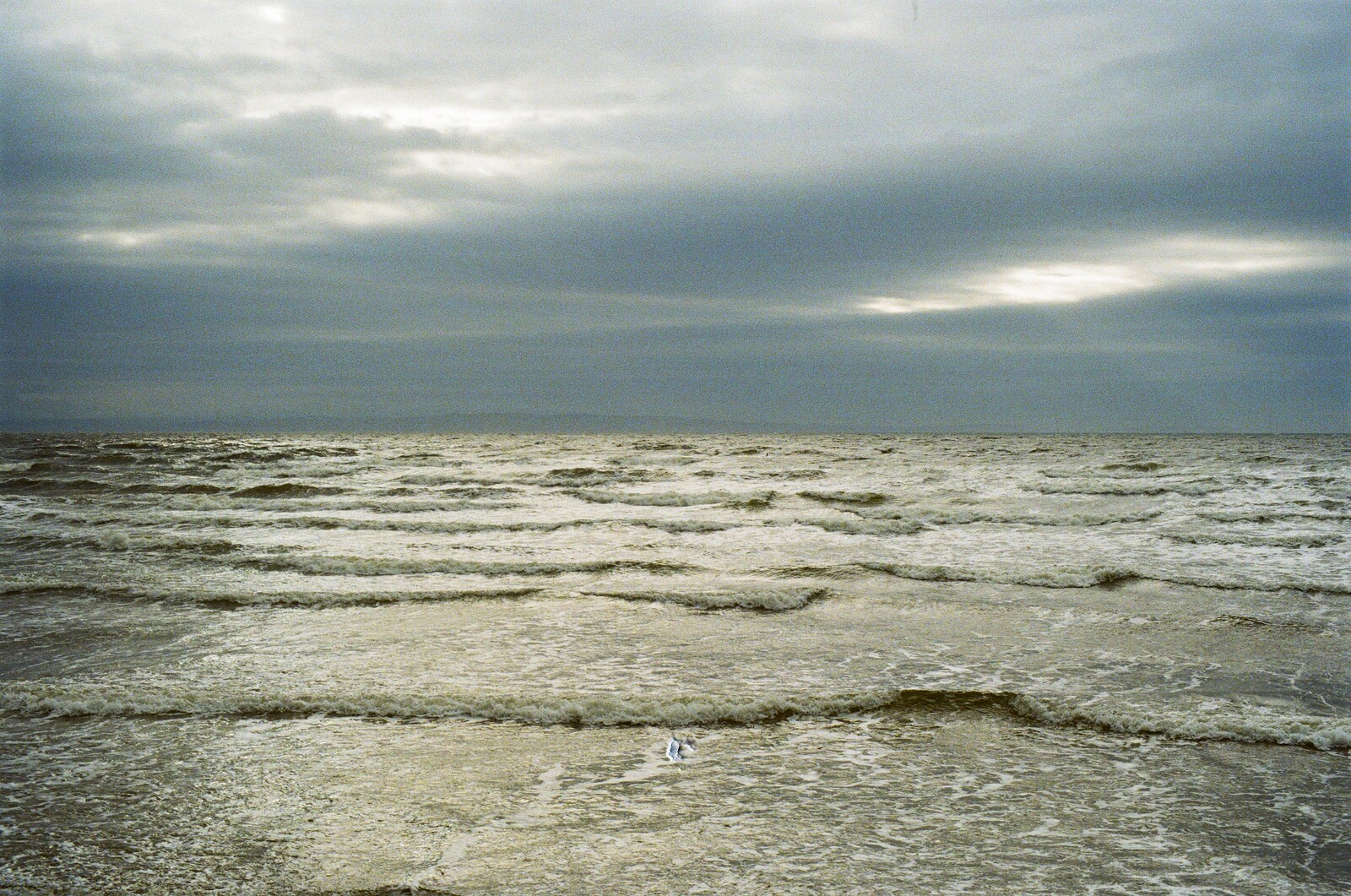







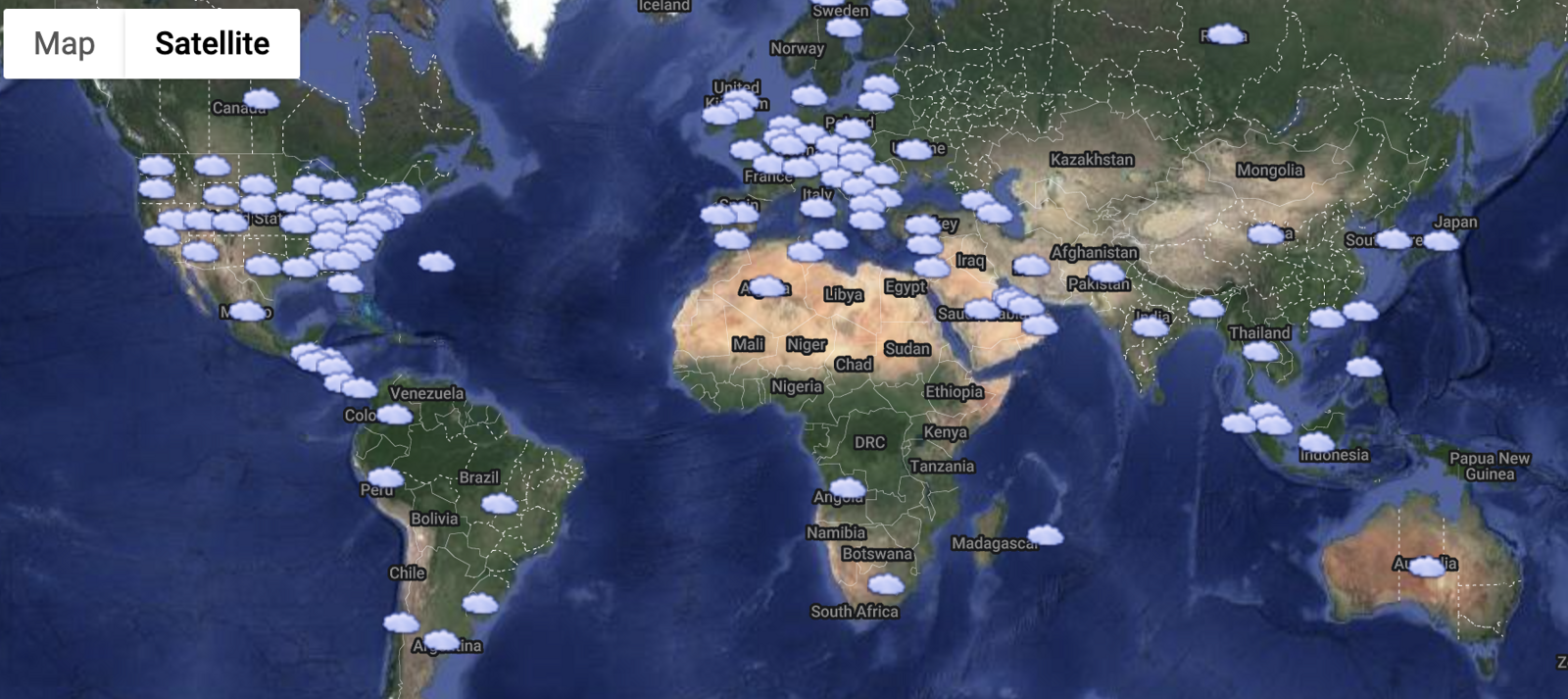
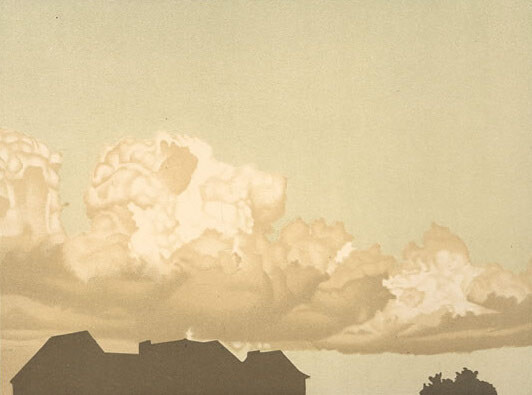

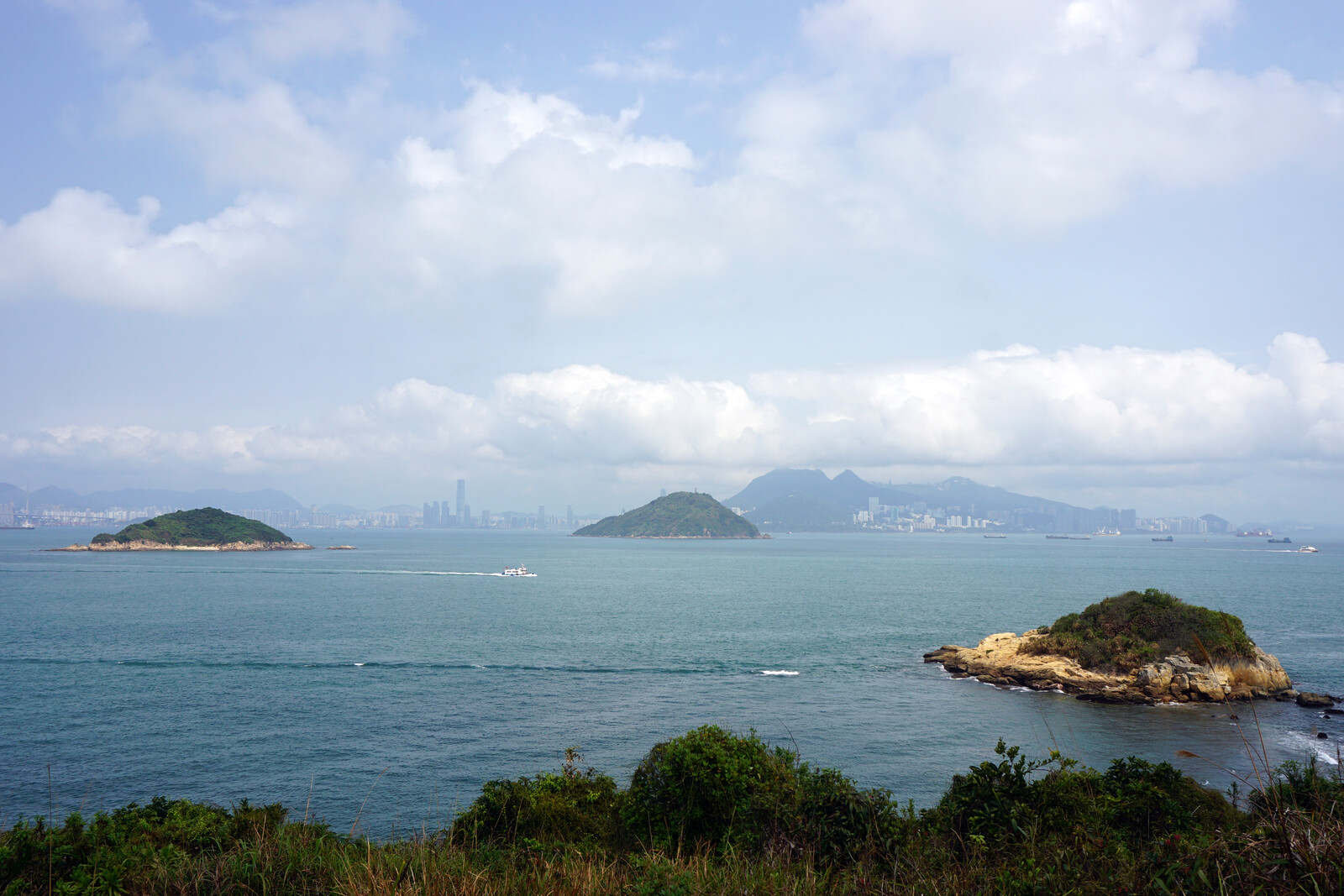
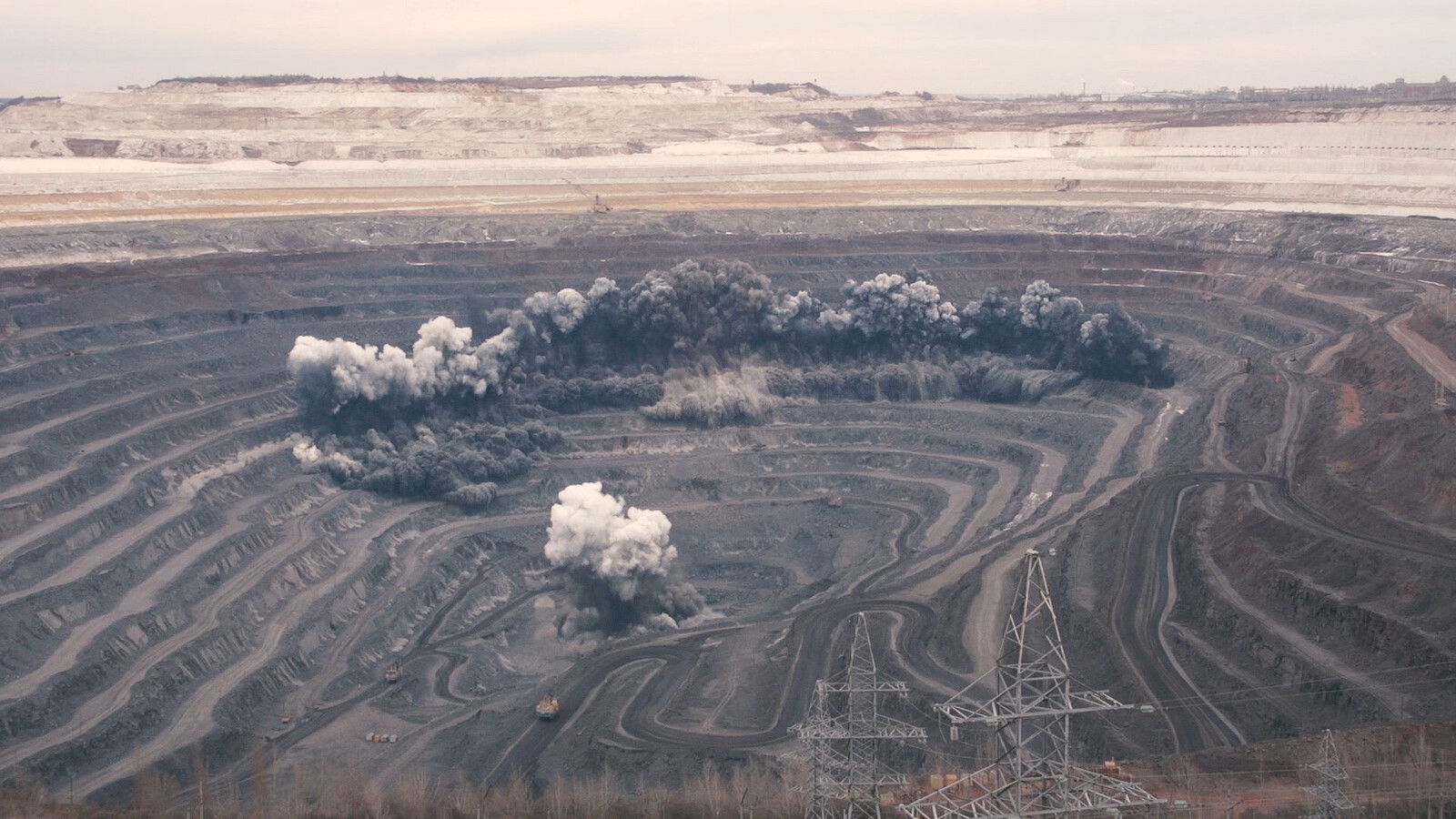
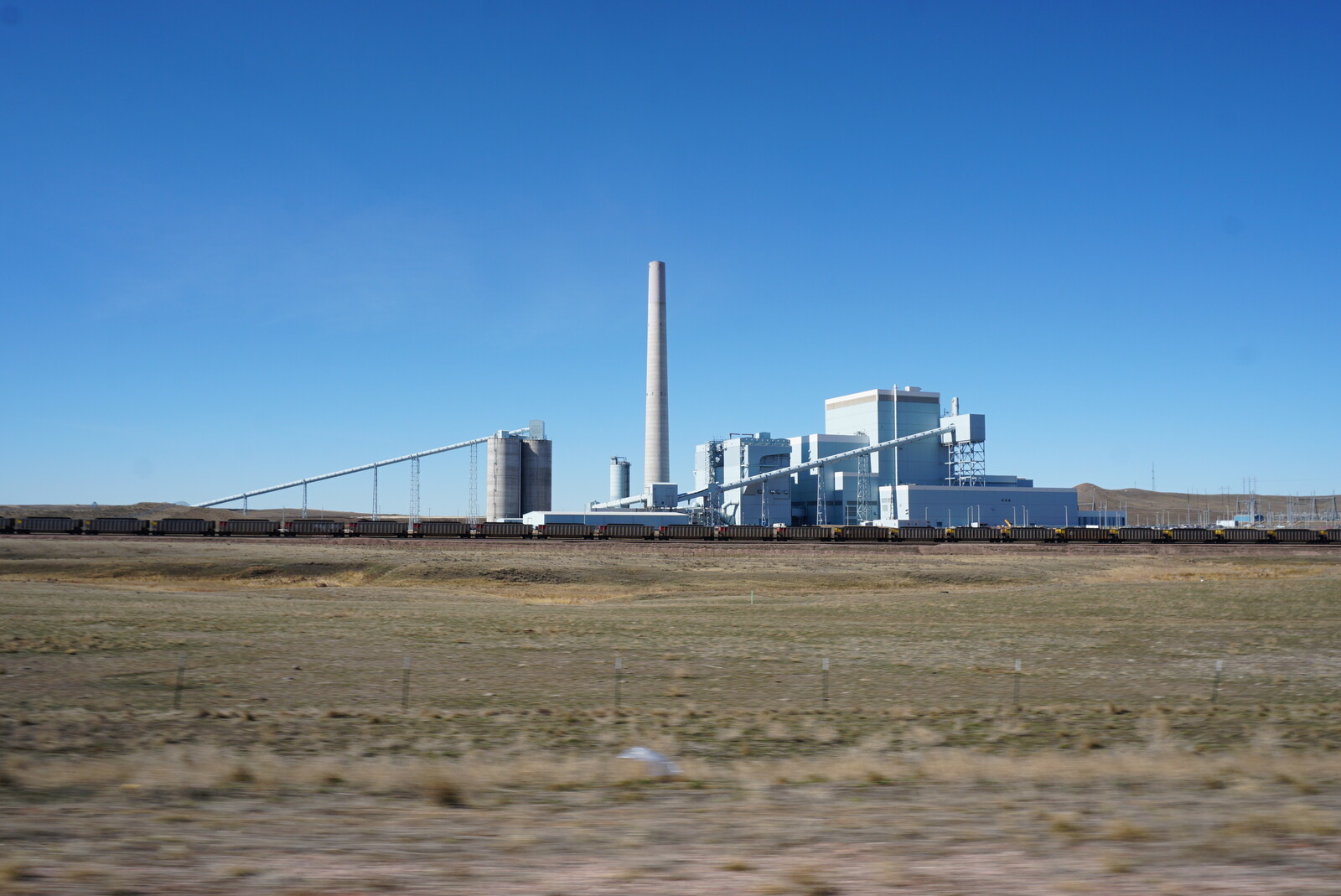
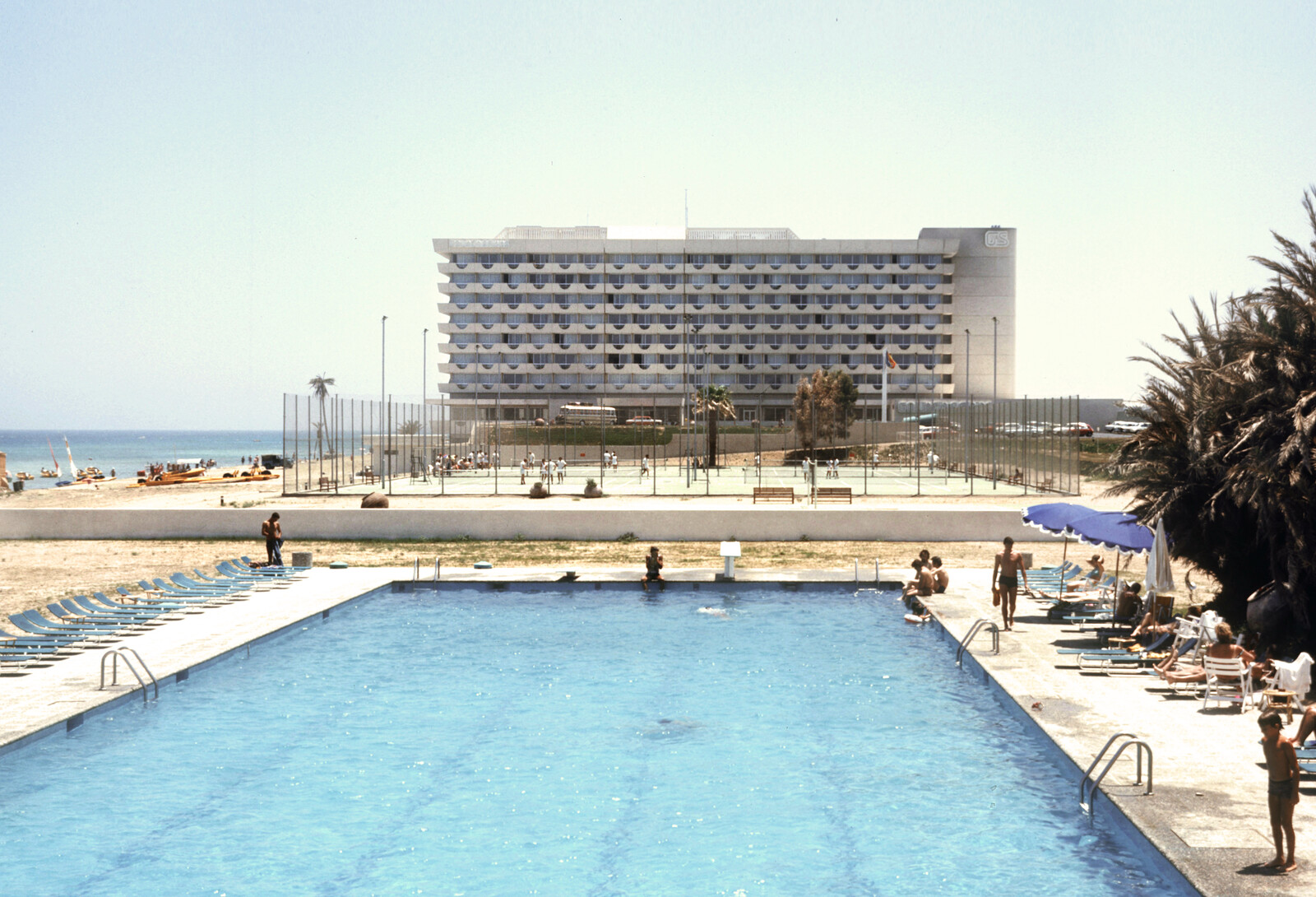
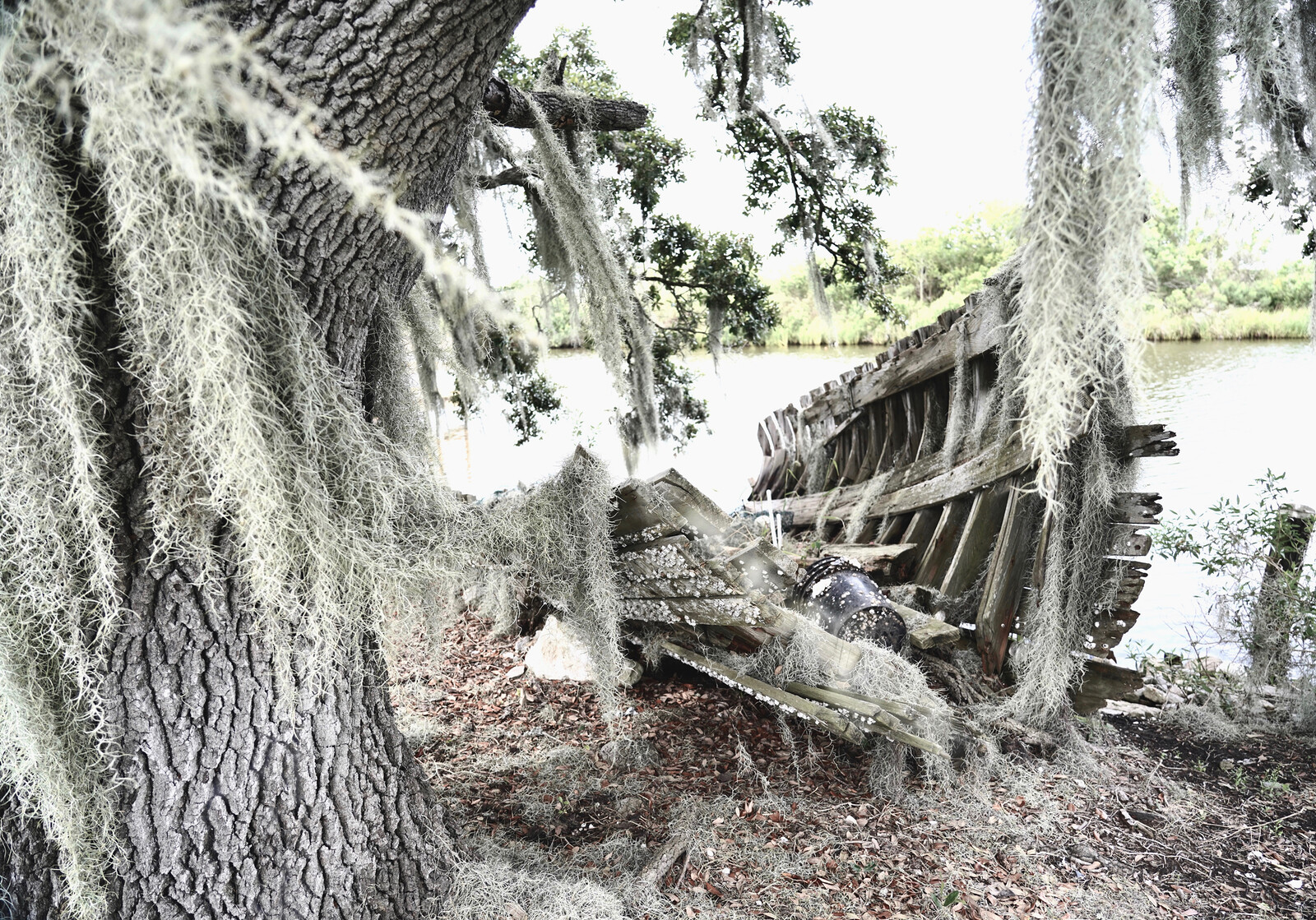
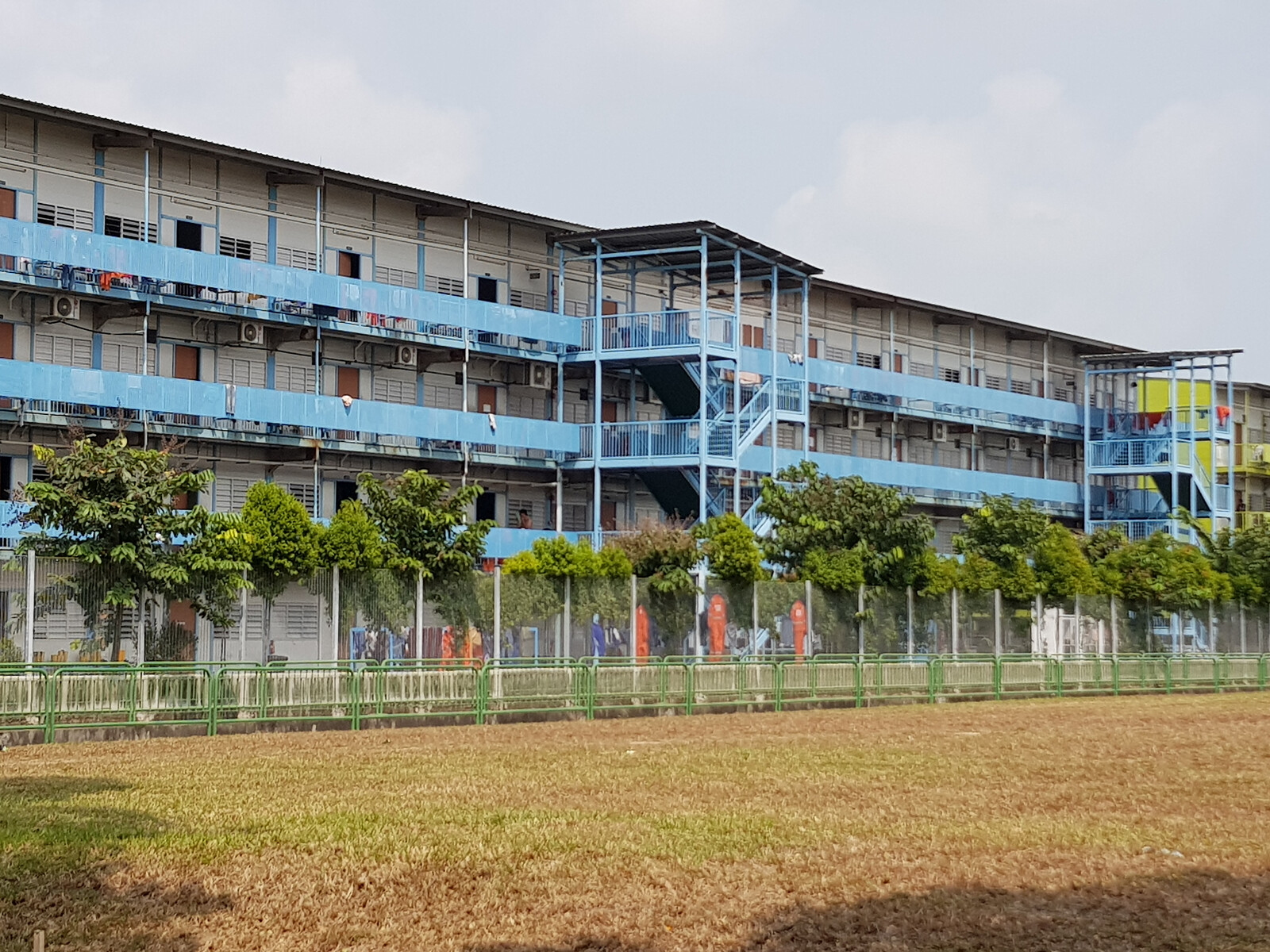
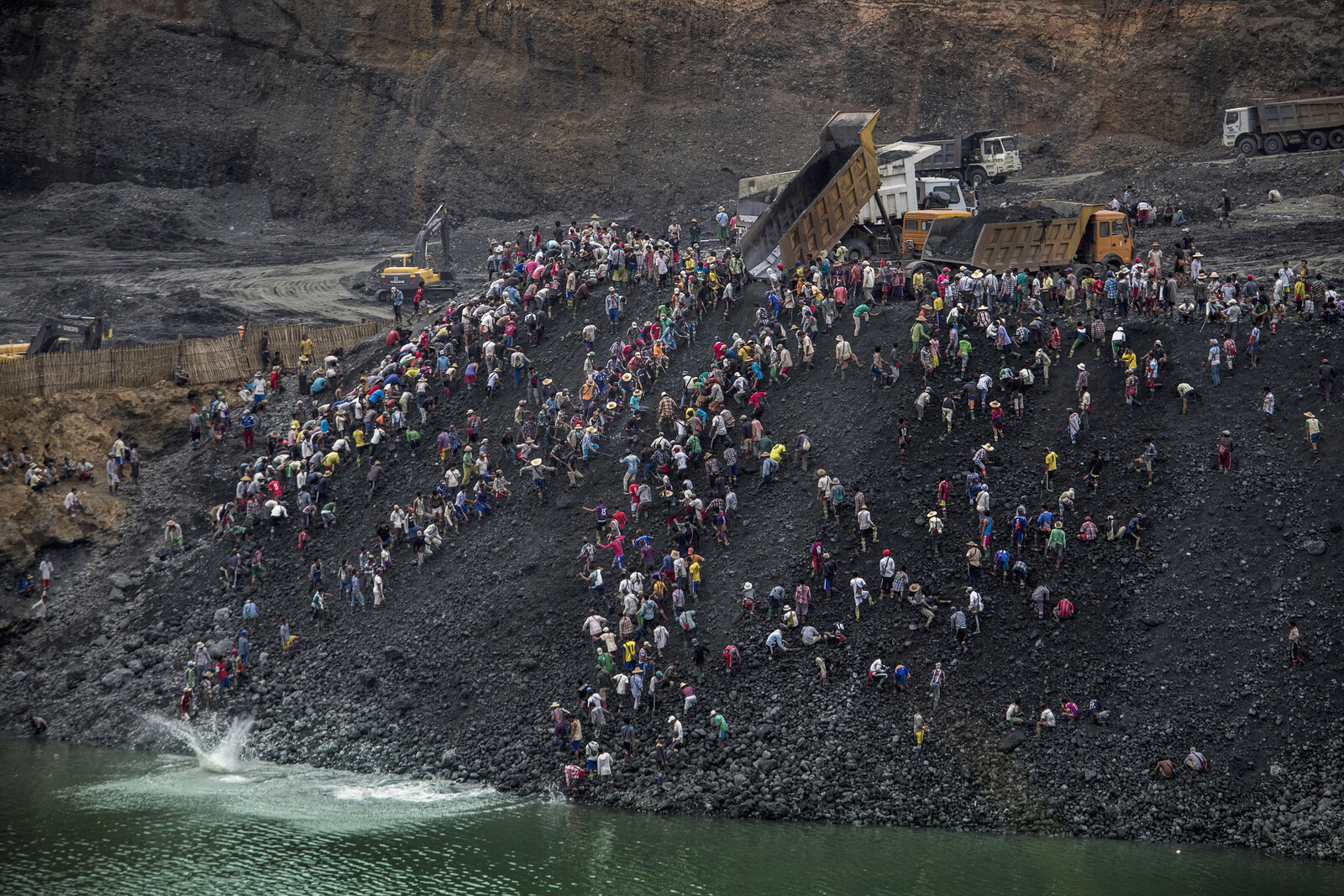
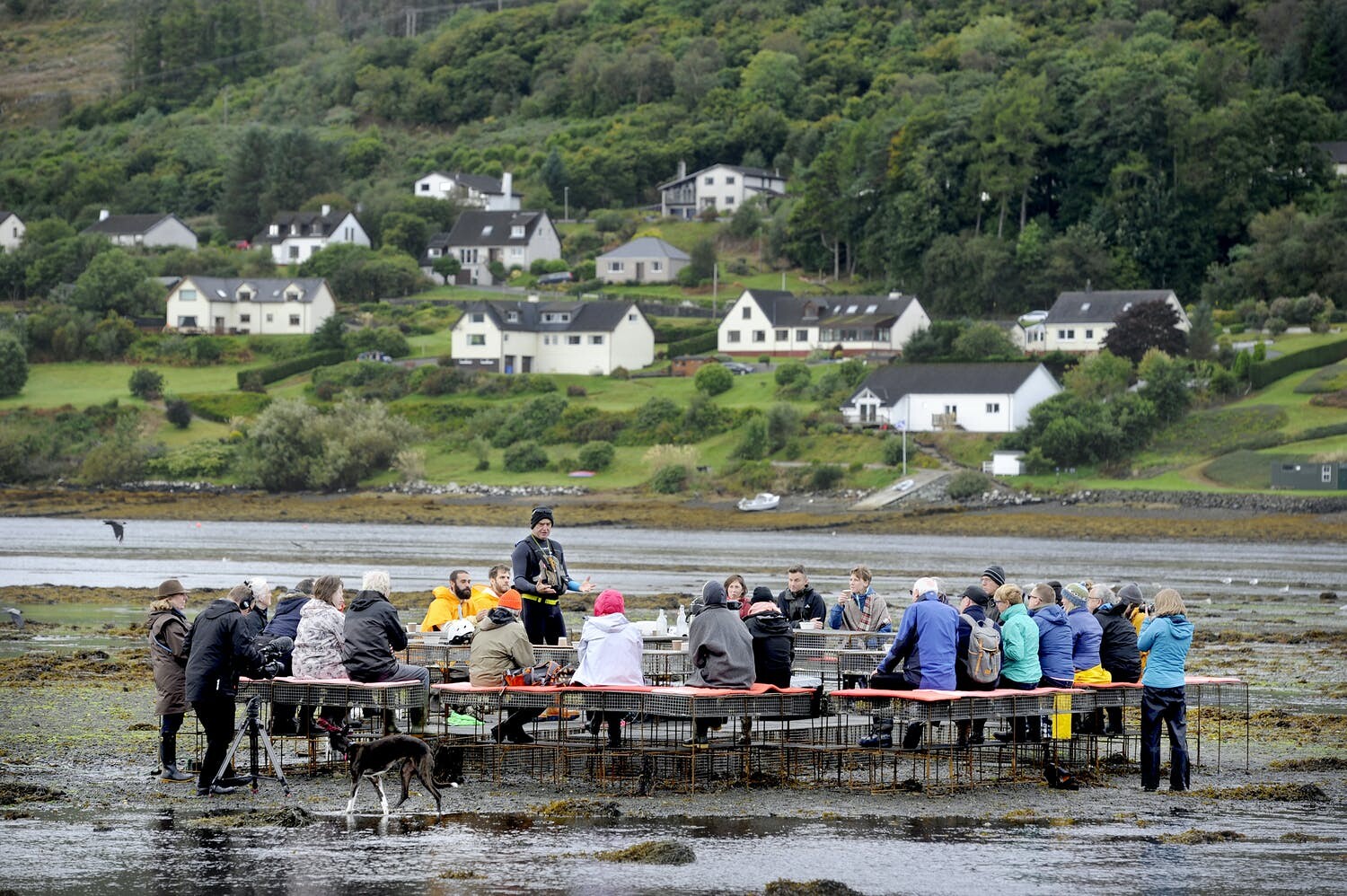
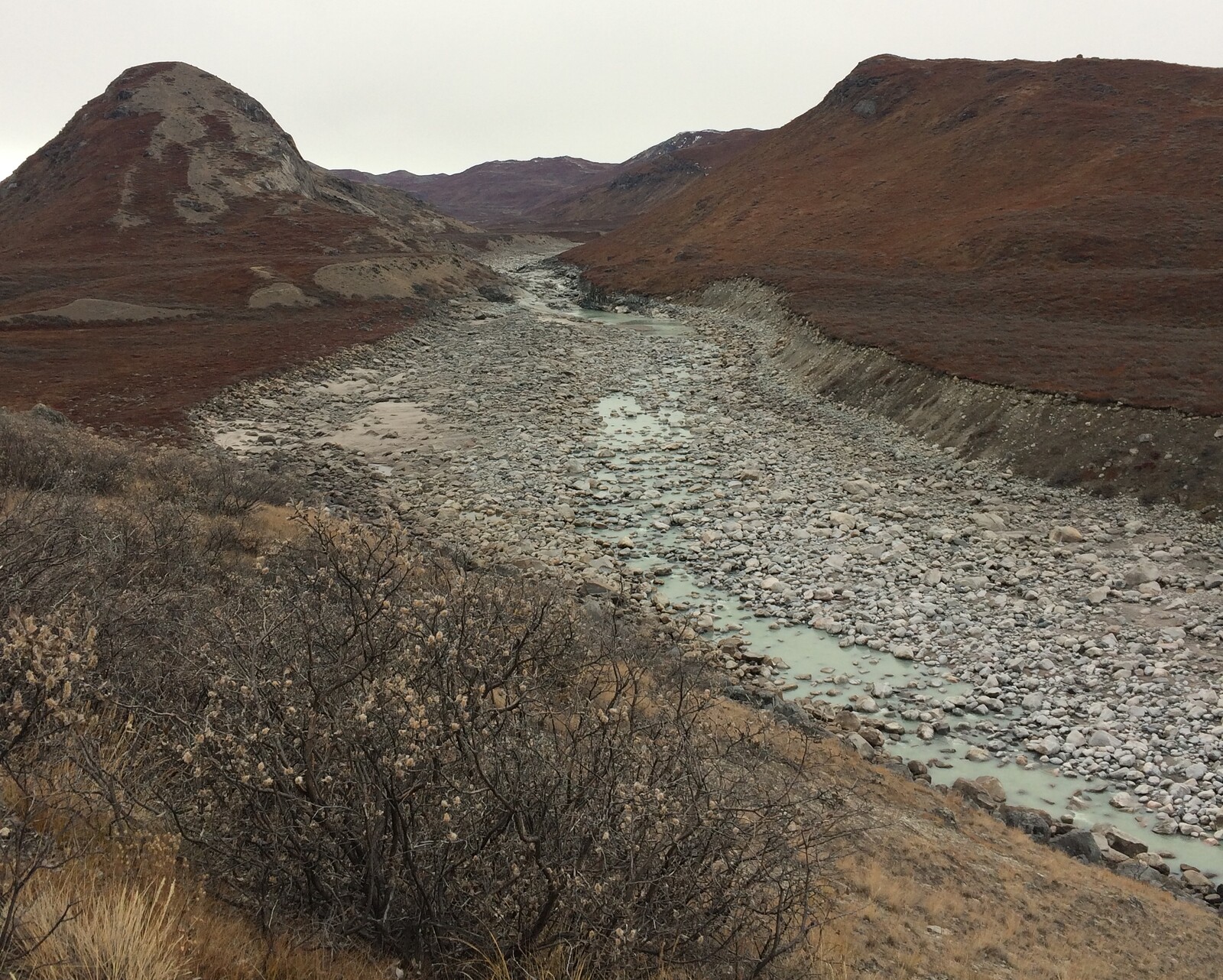
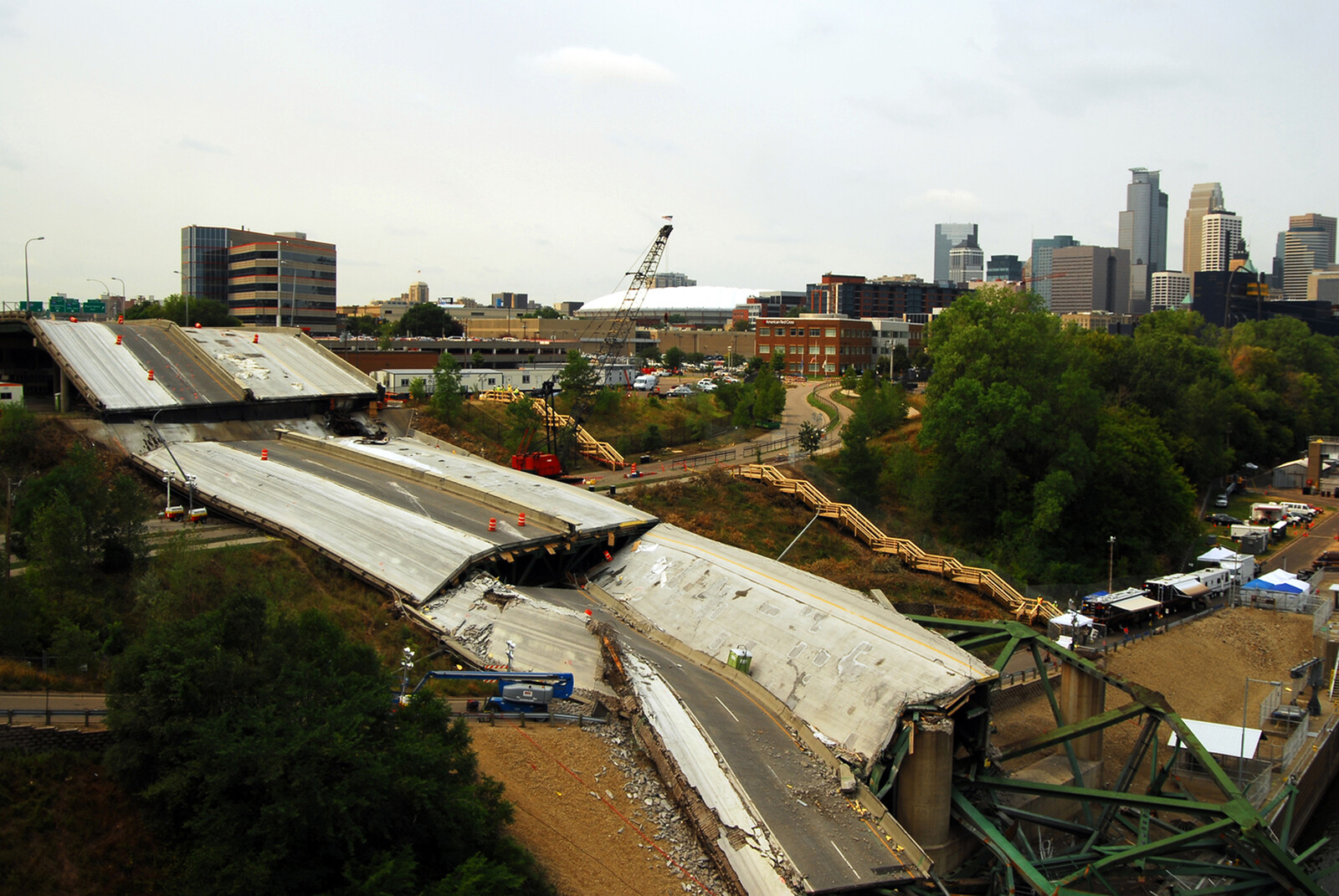
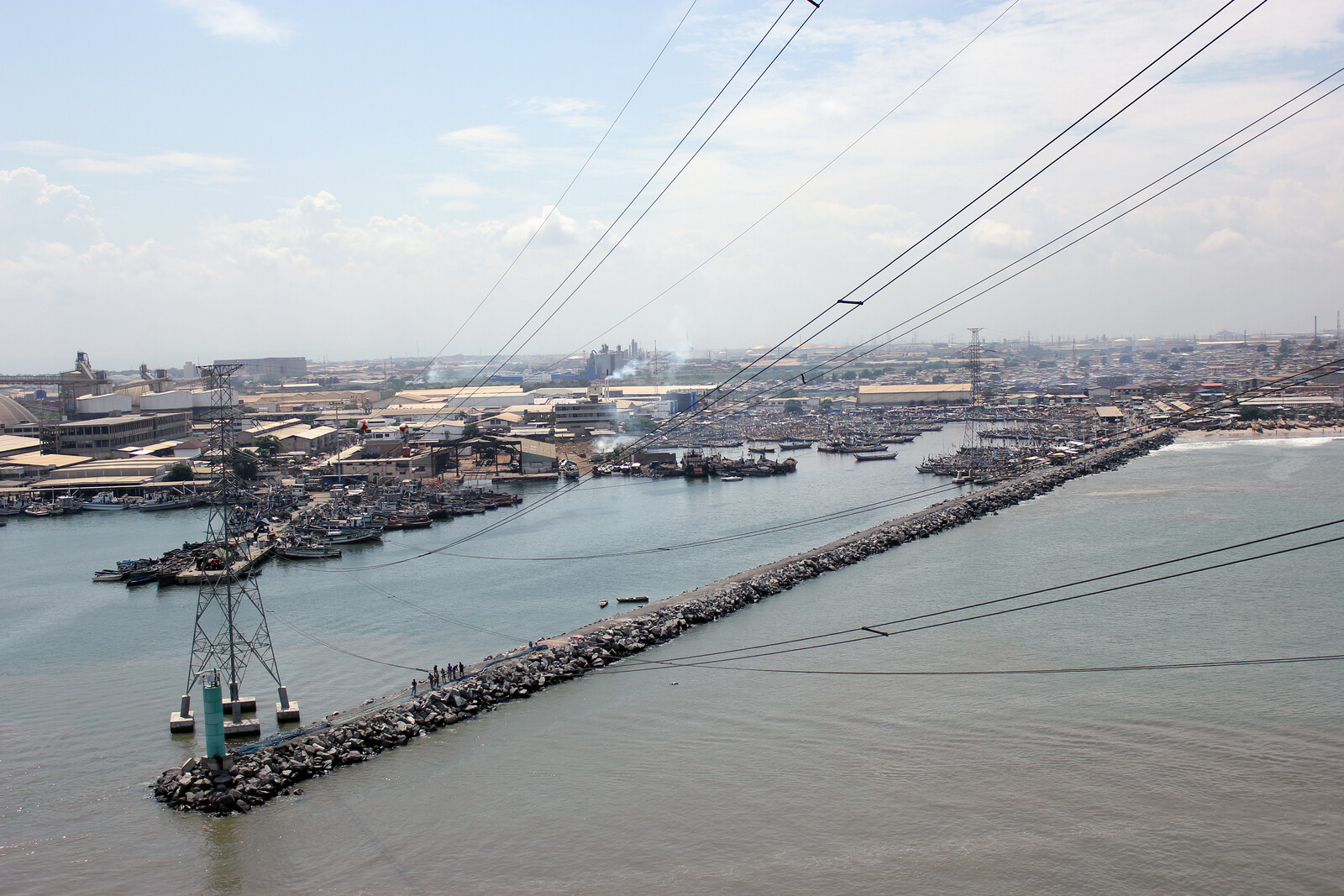
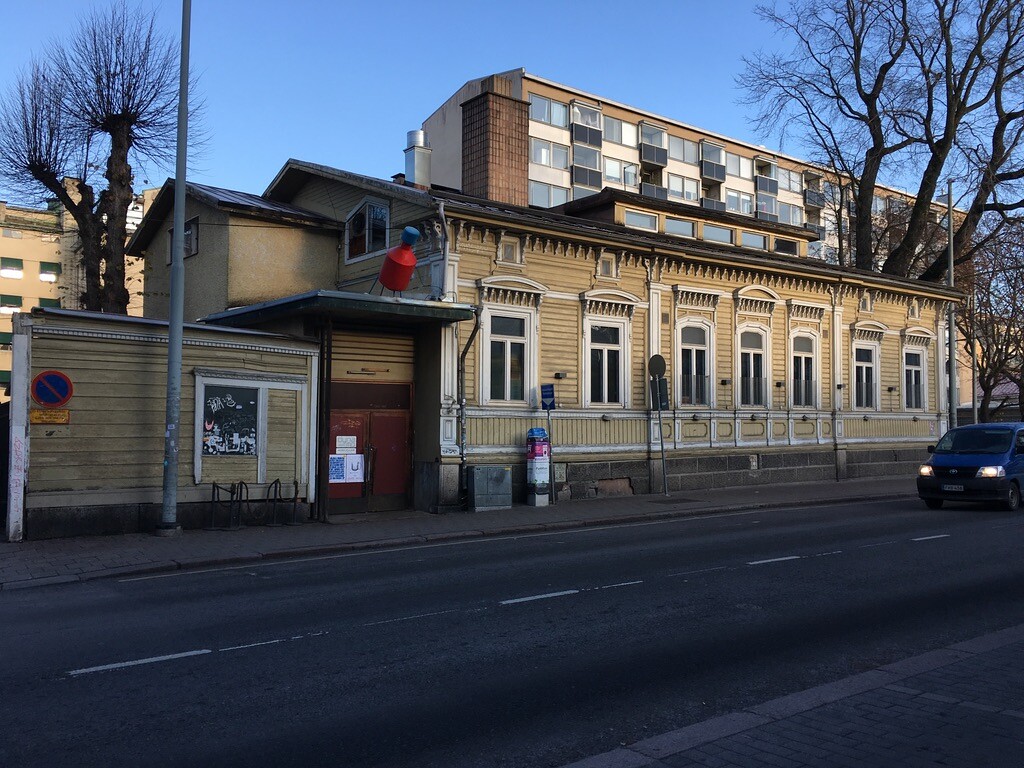
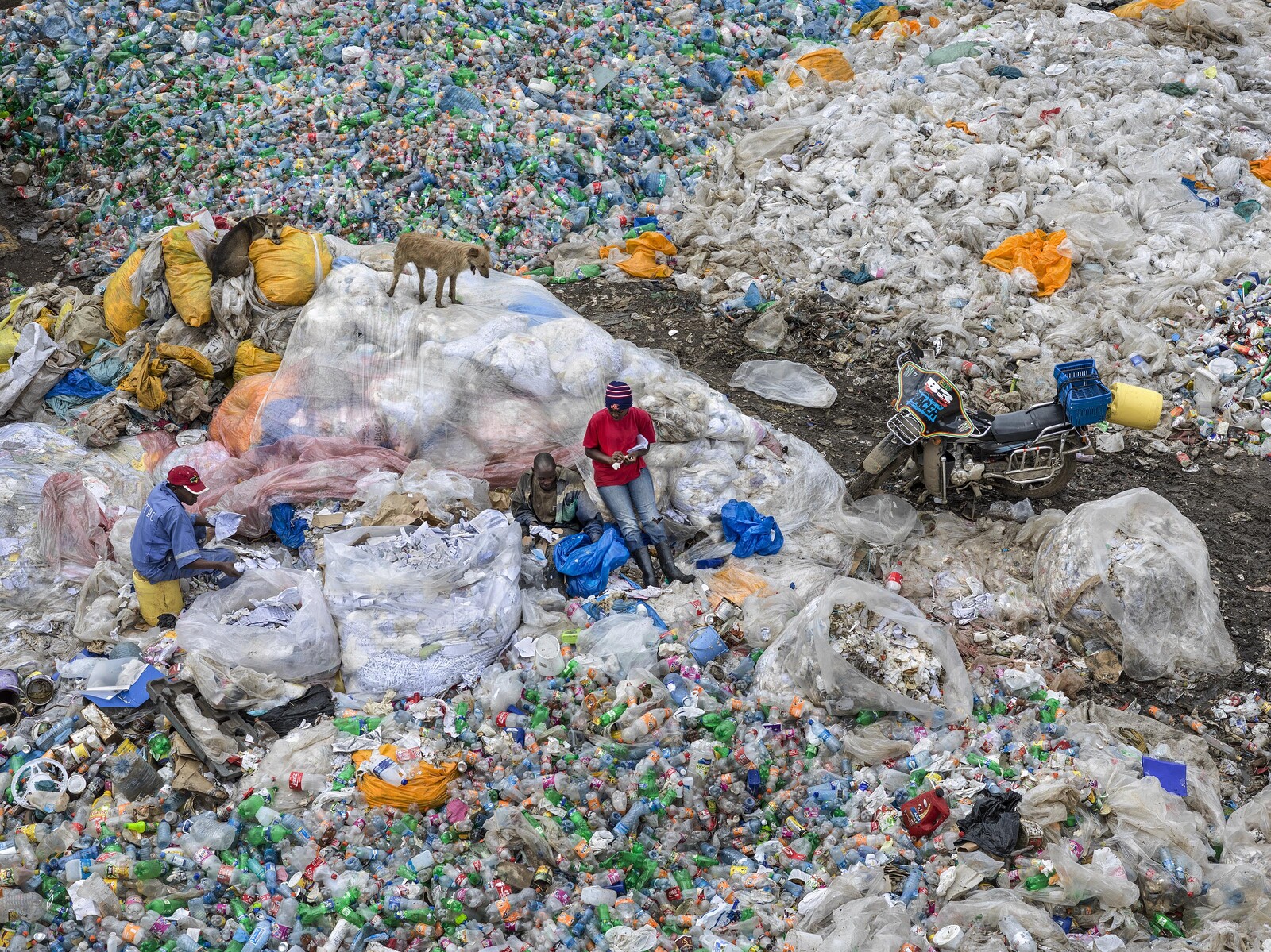
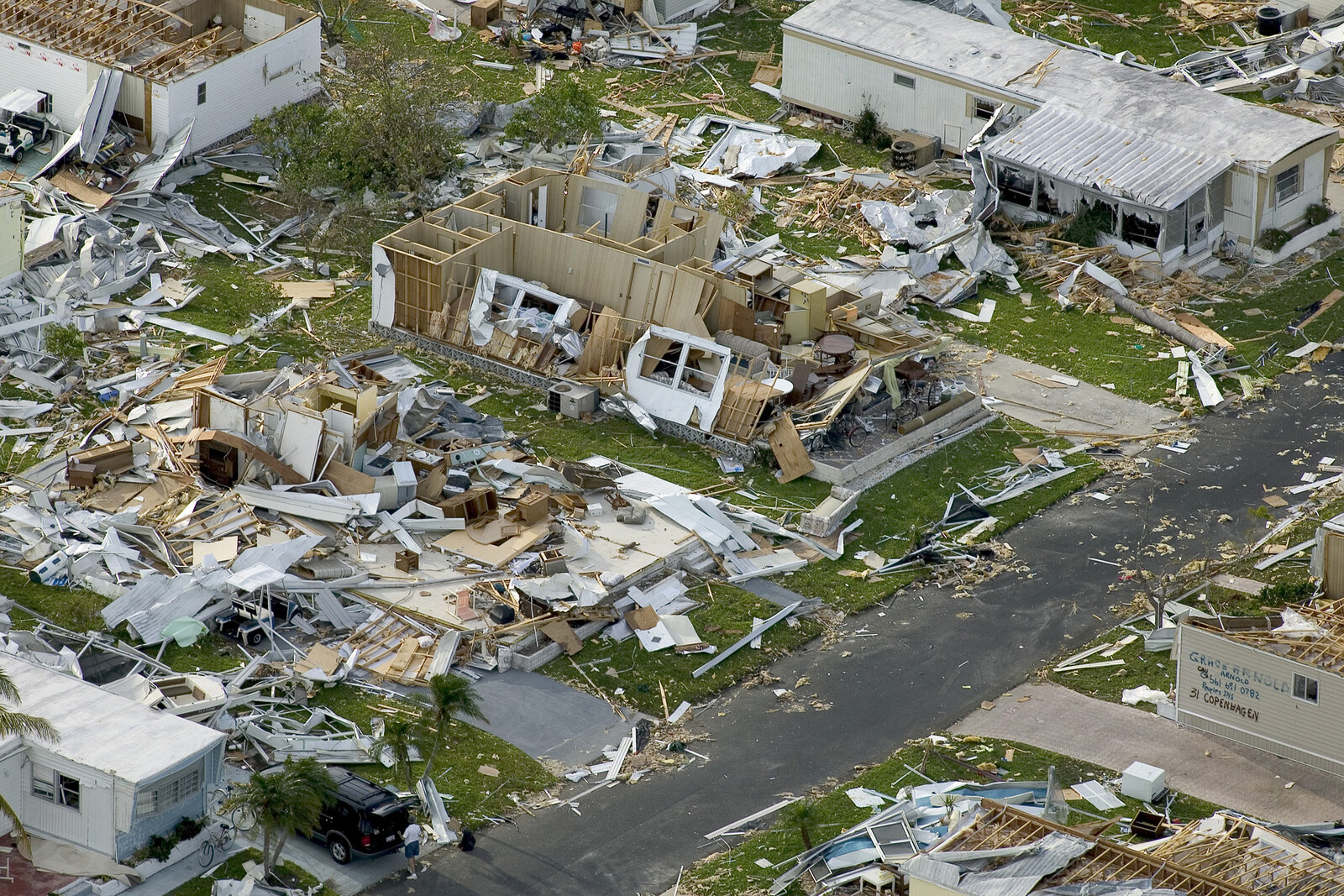
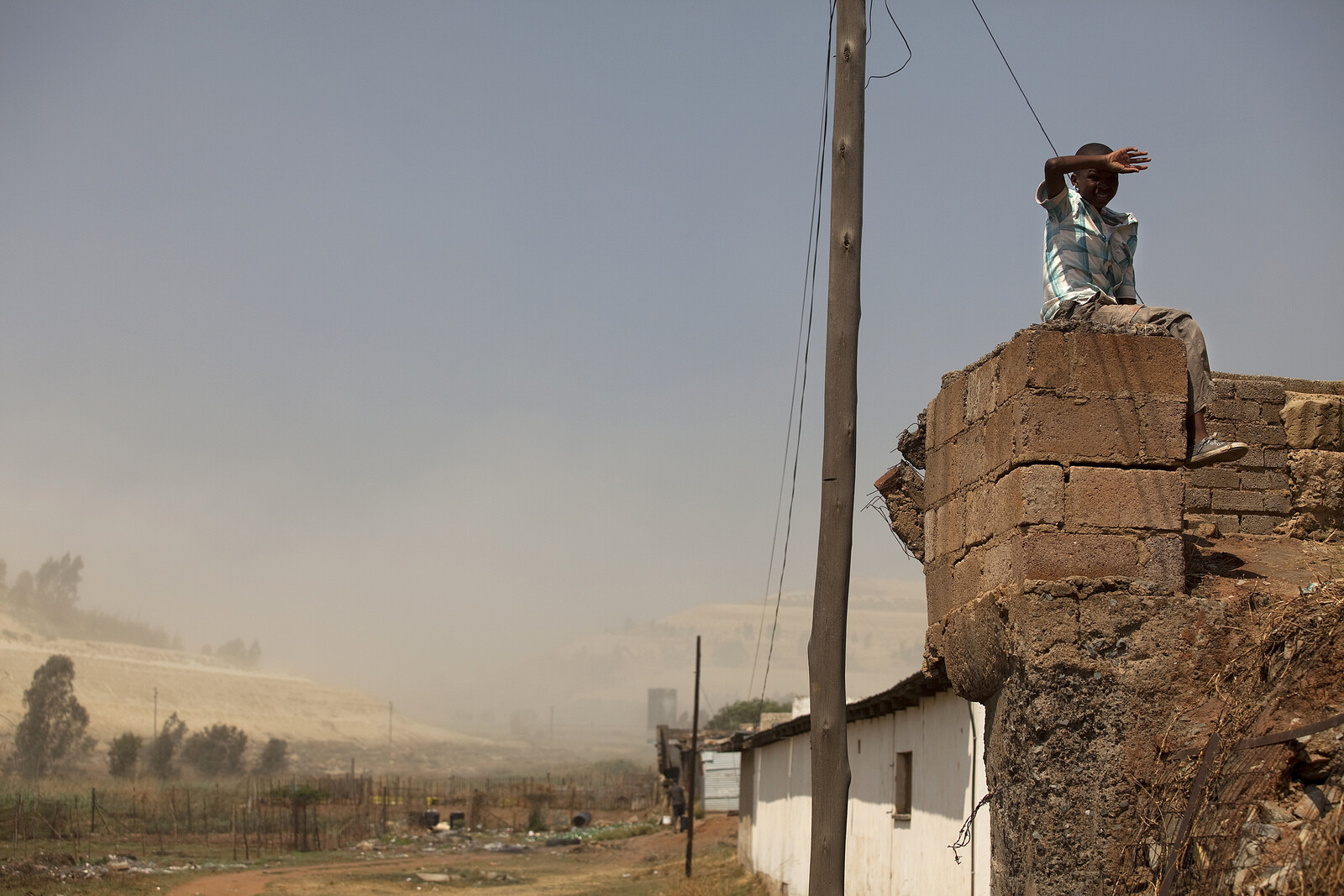

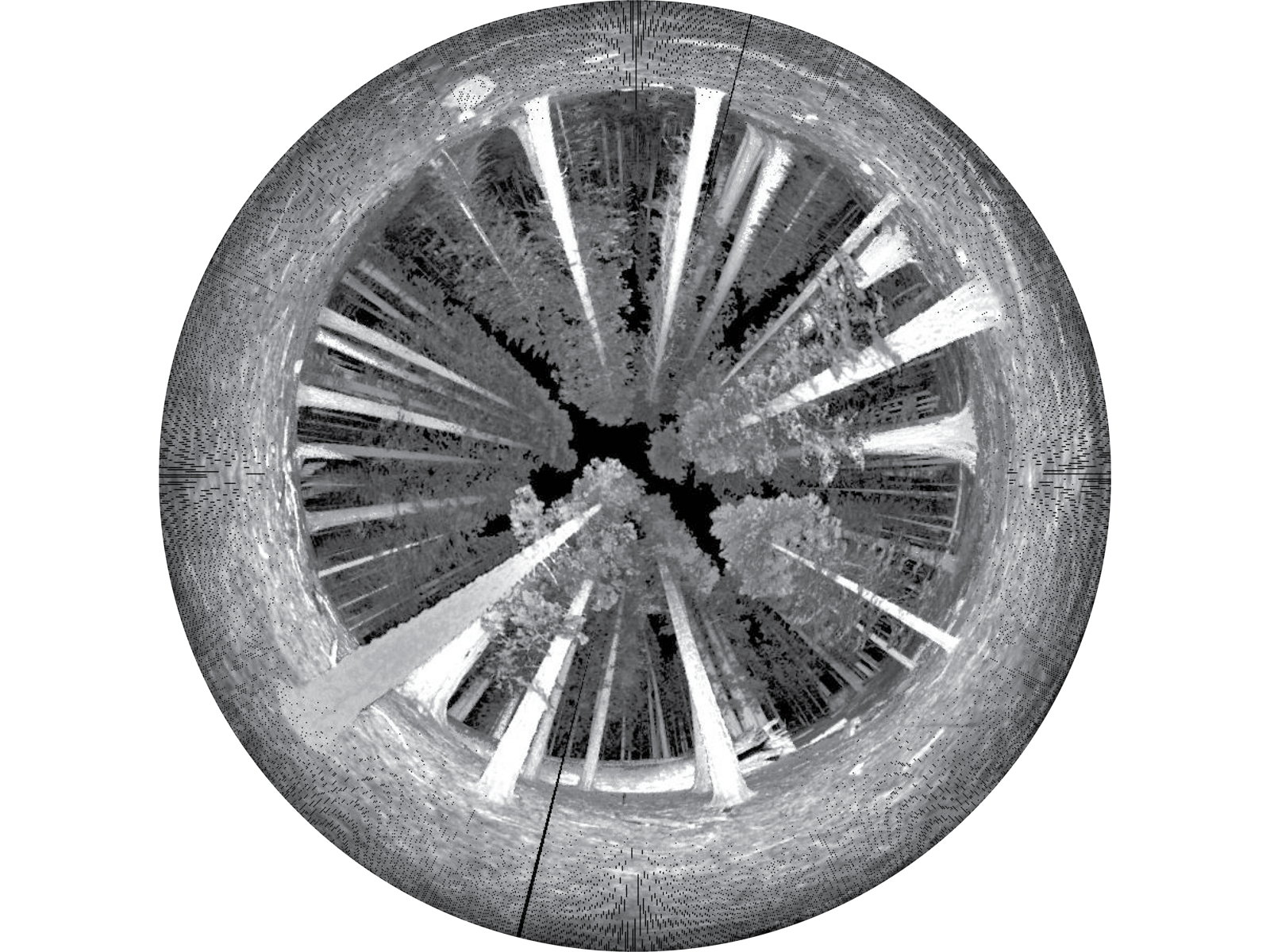
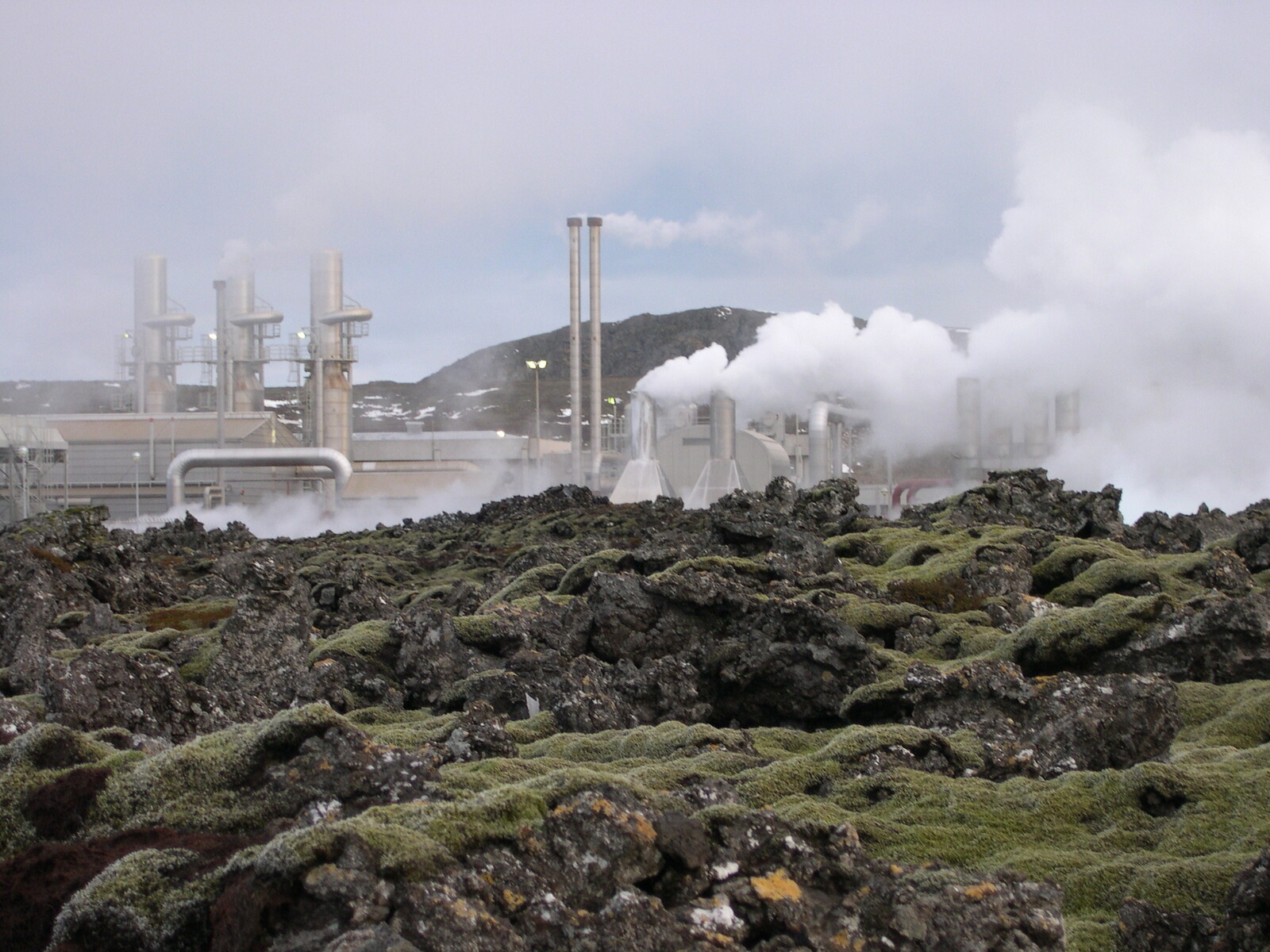
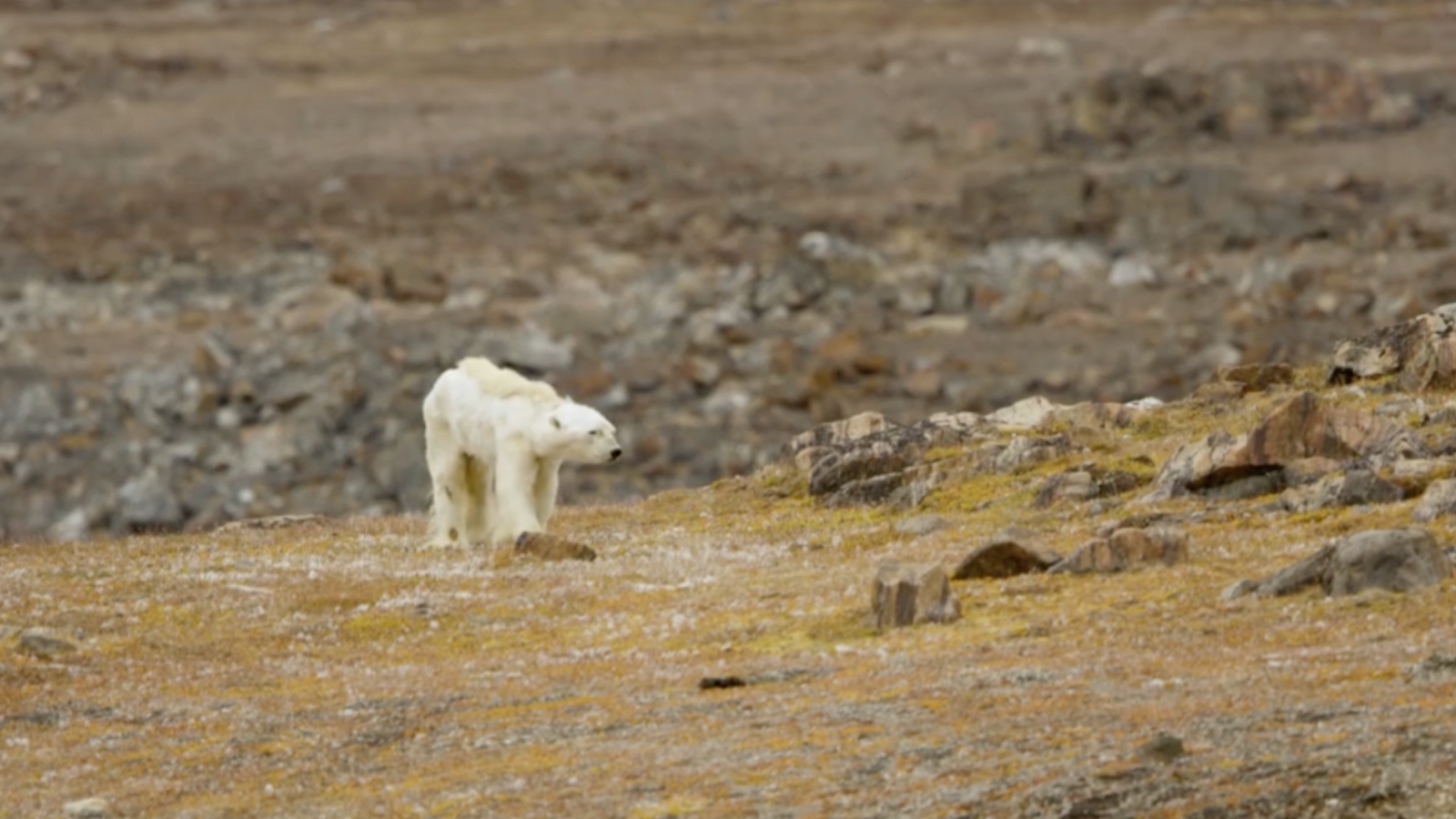
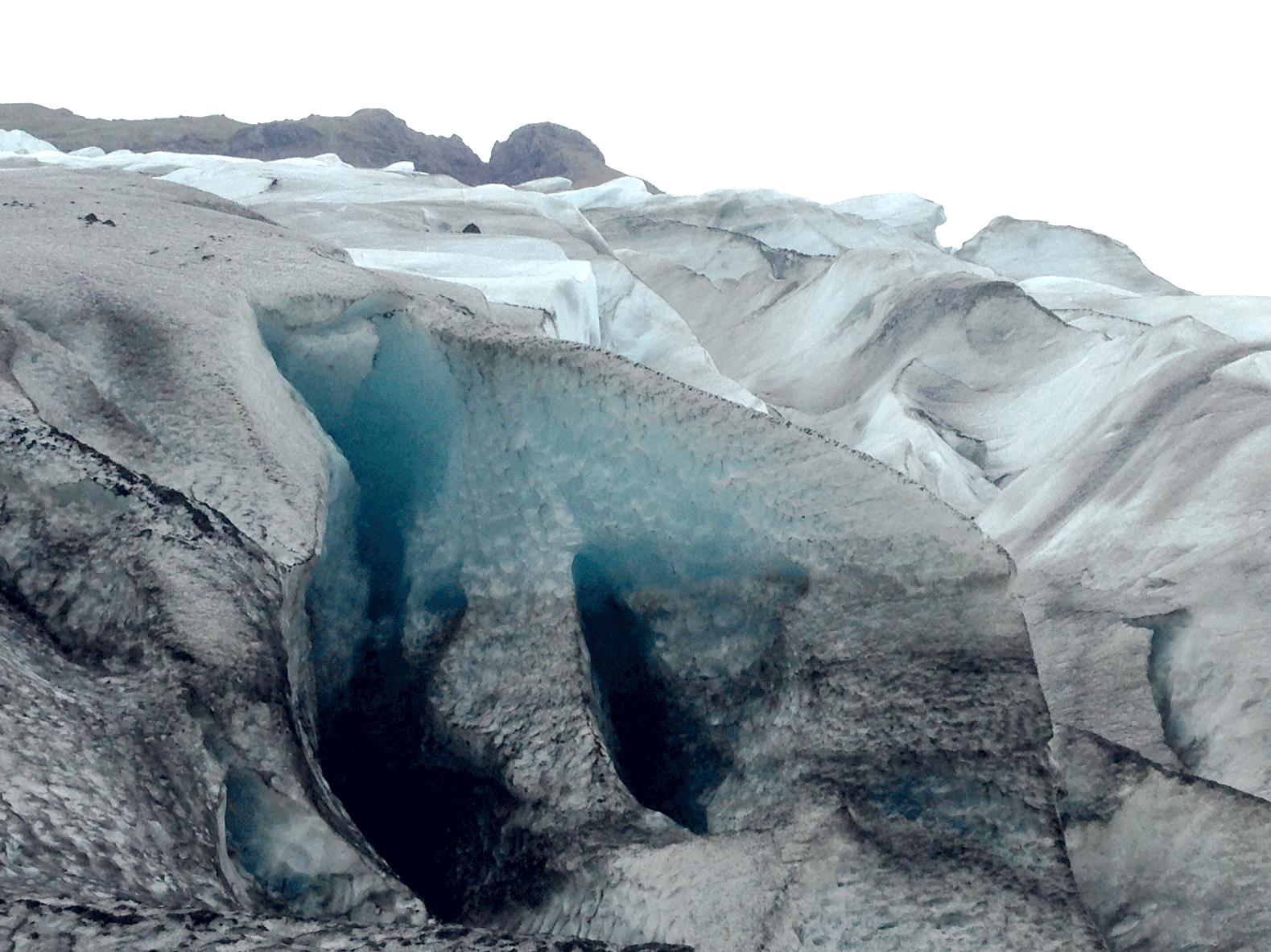
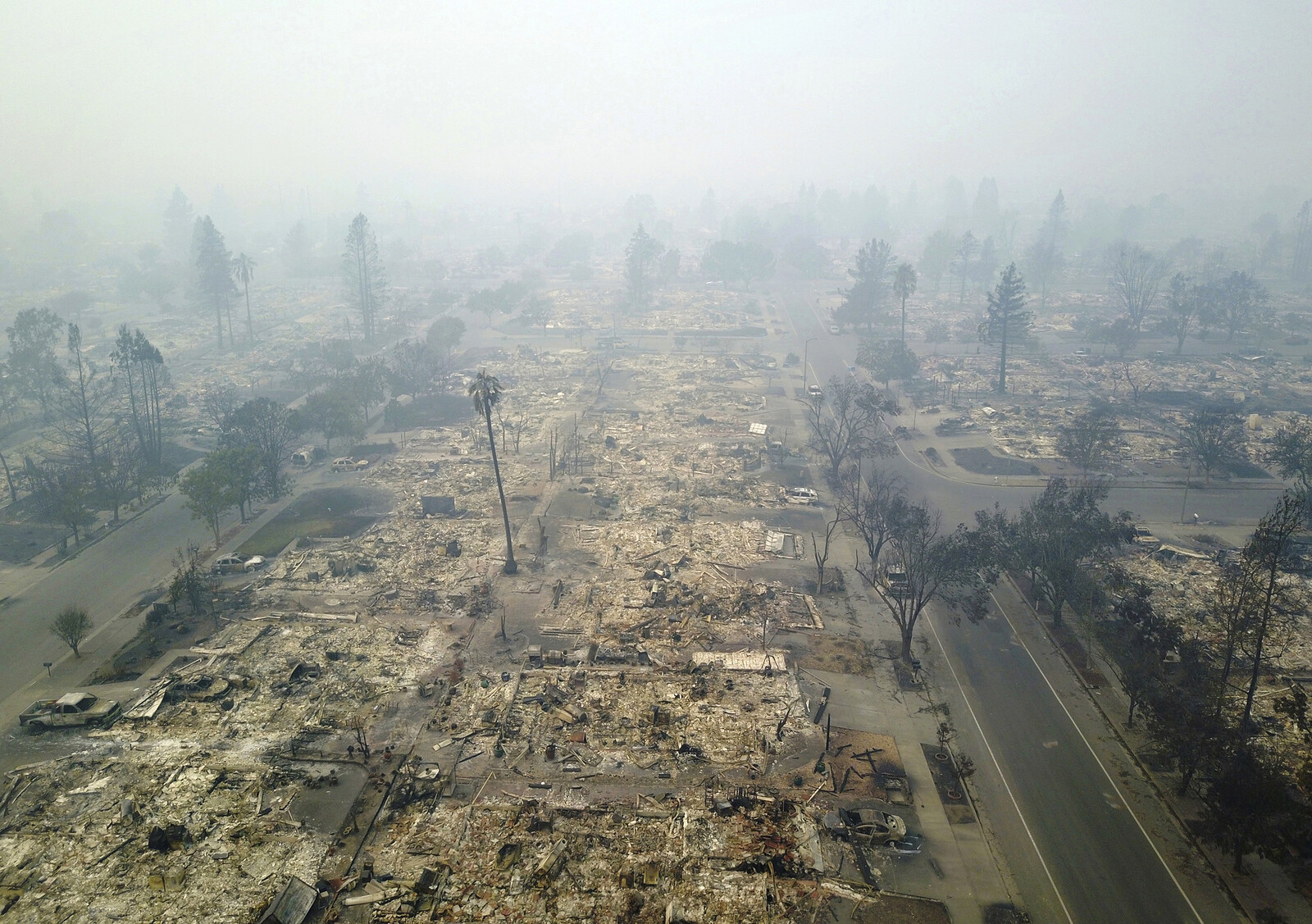
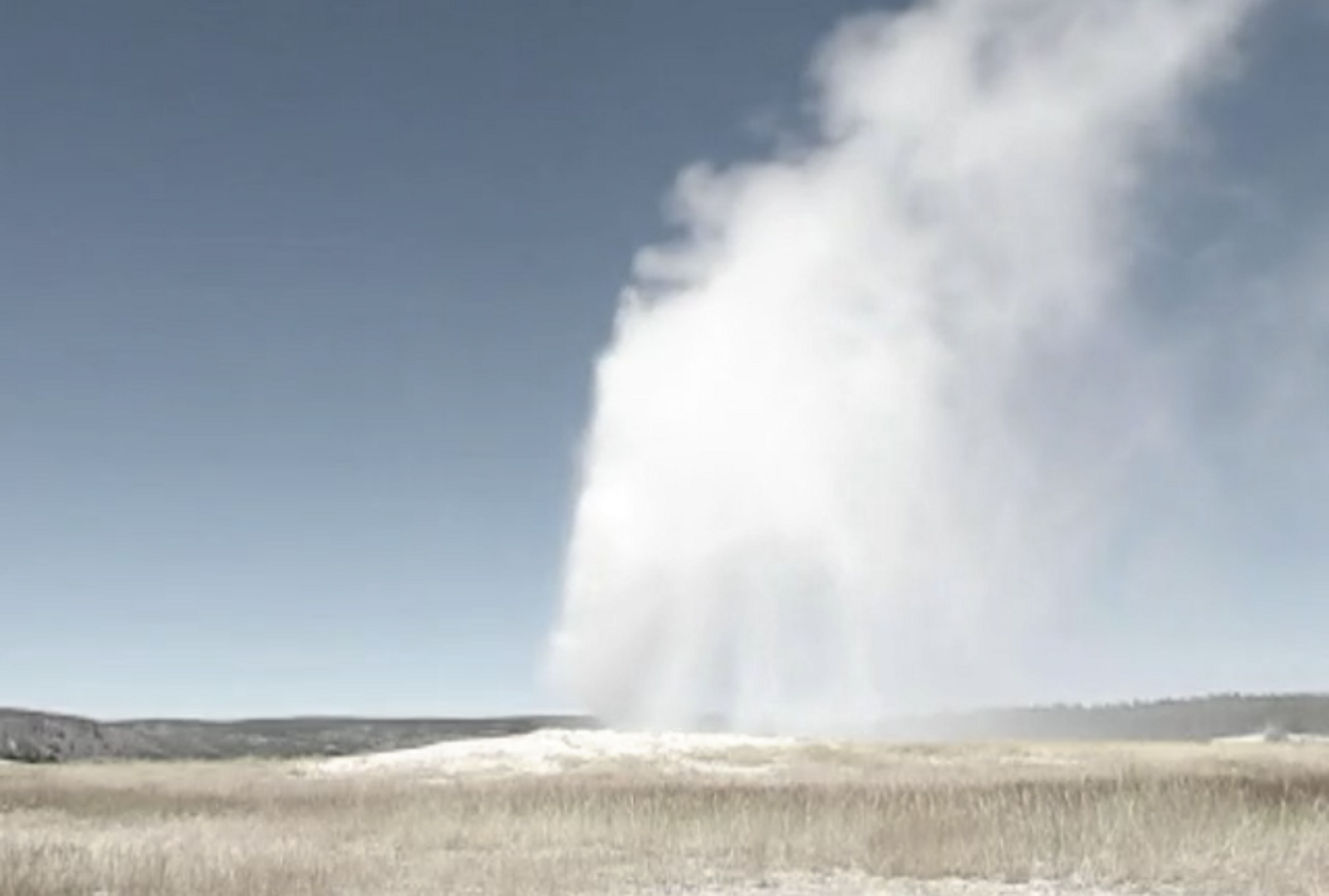
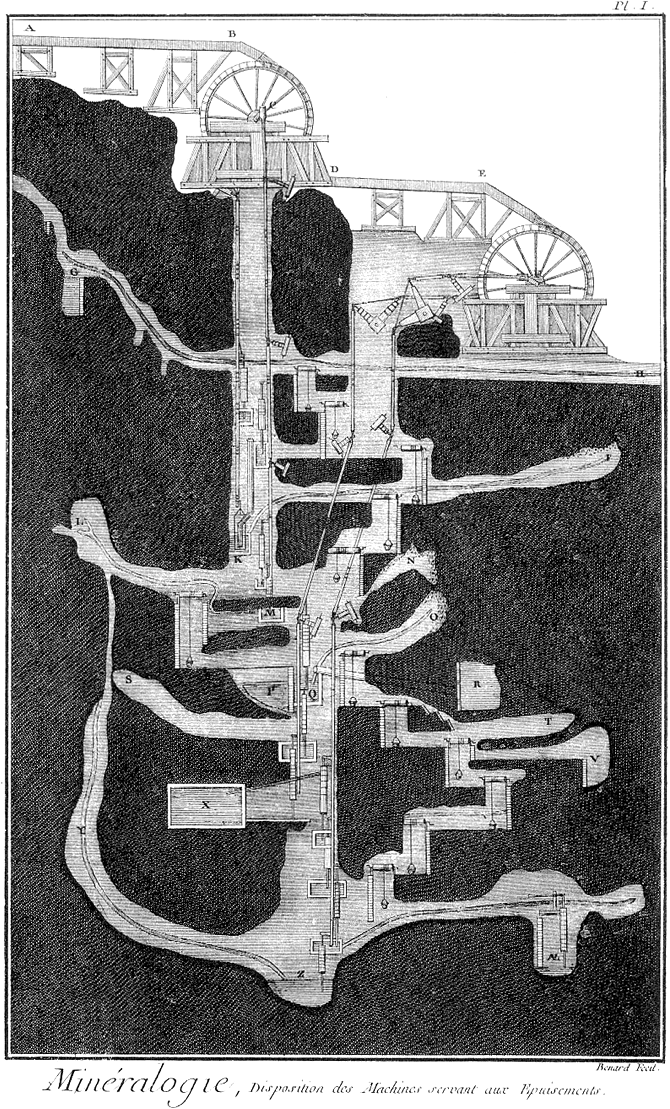
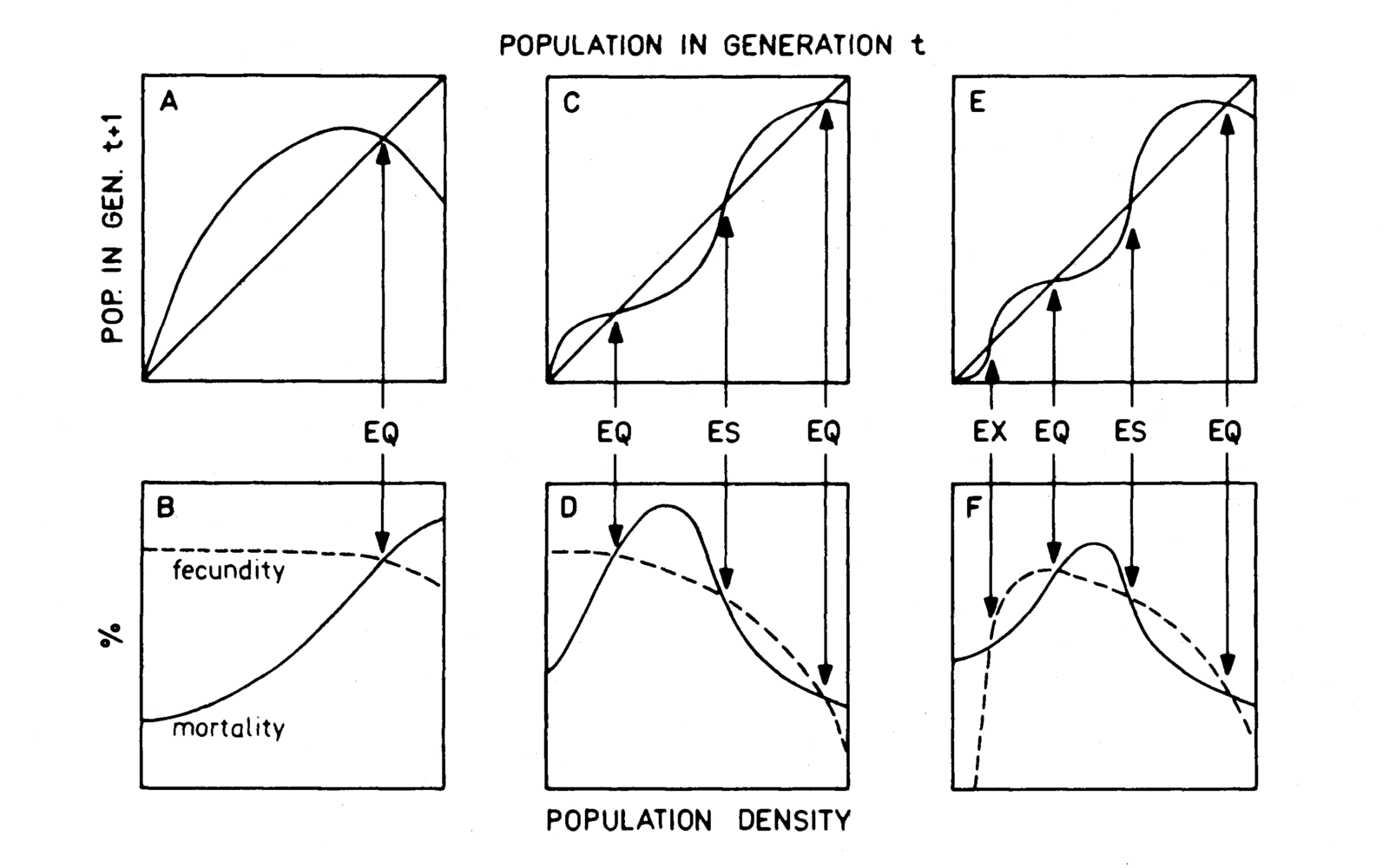
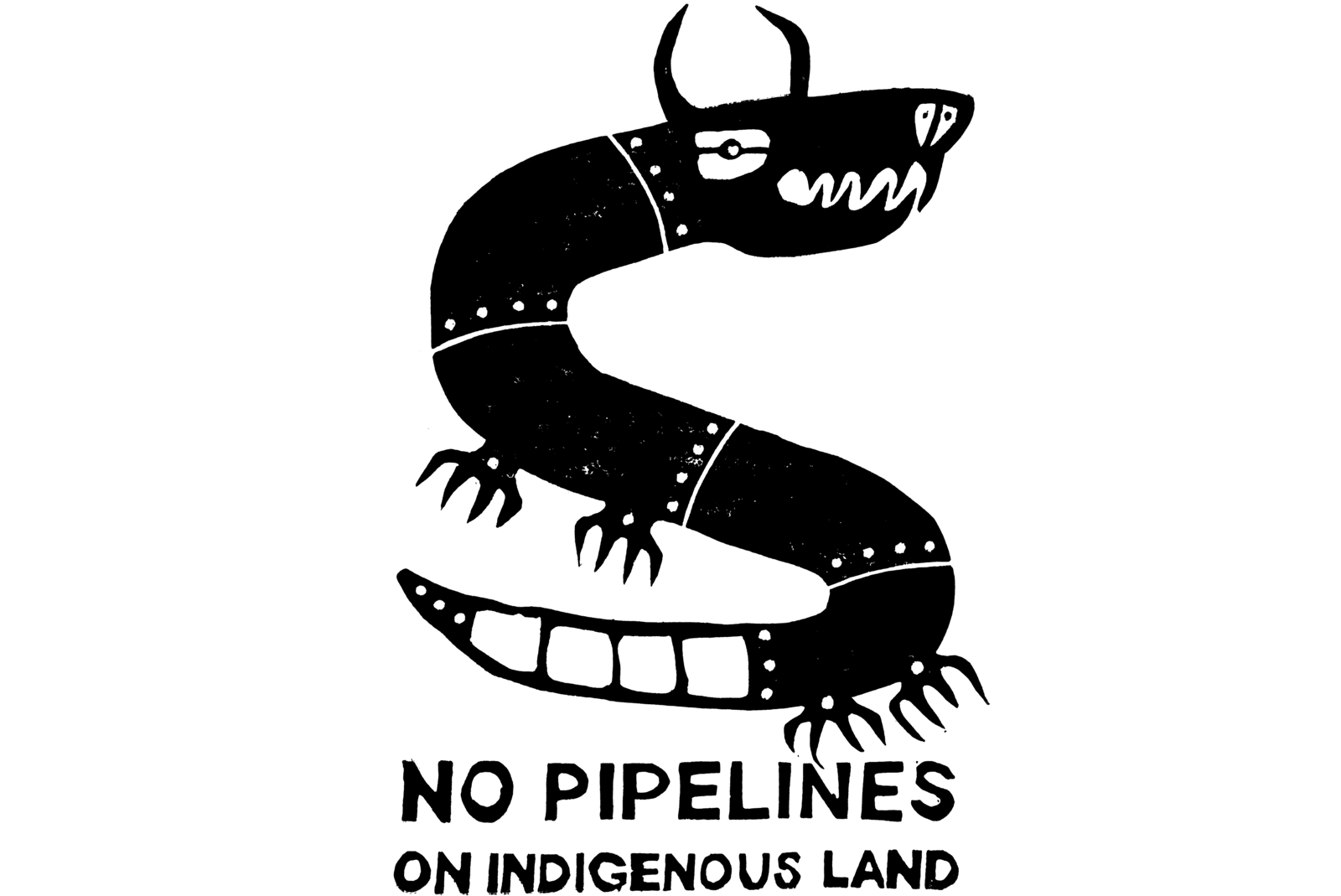

.png,1600)
